Suntory Tennensui
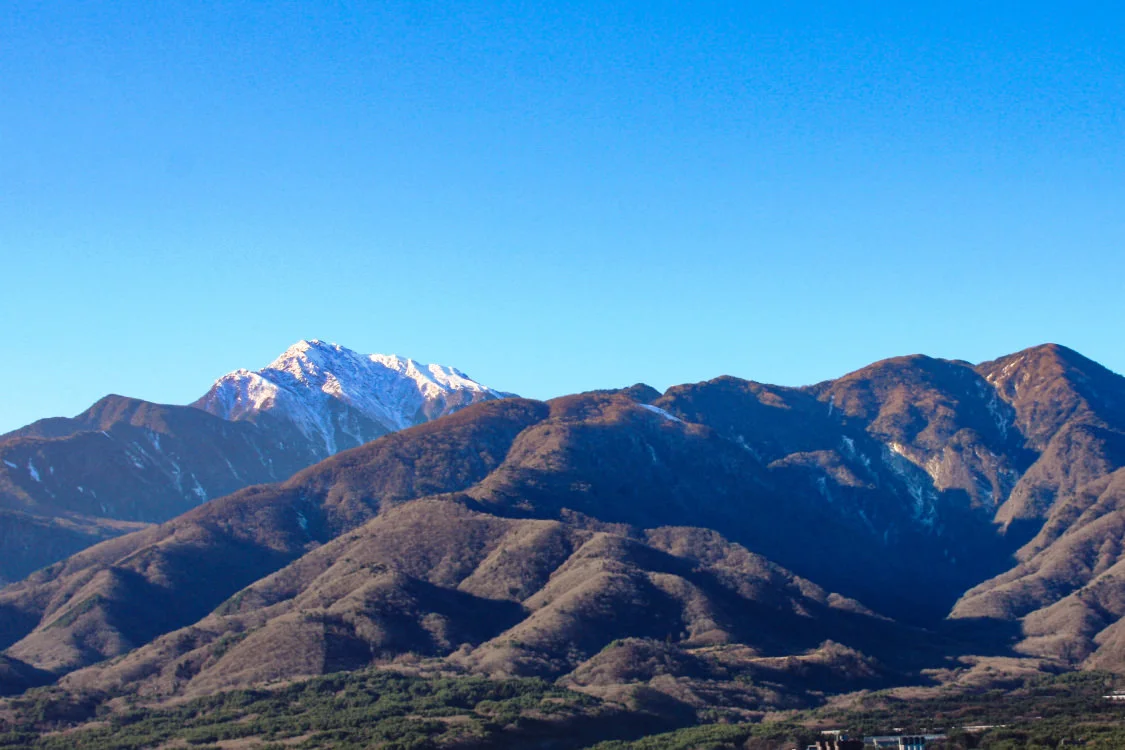
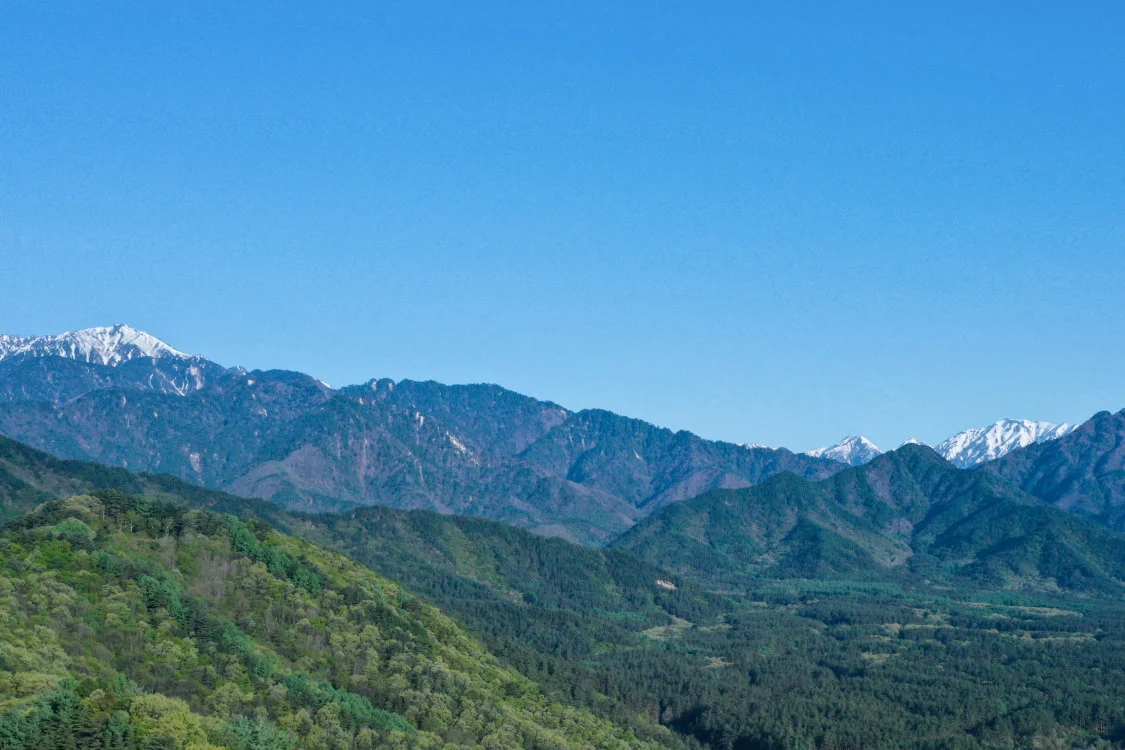
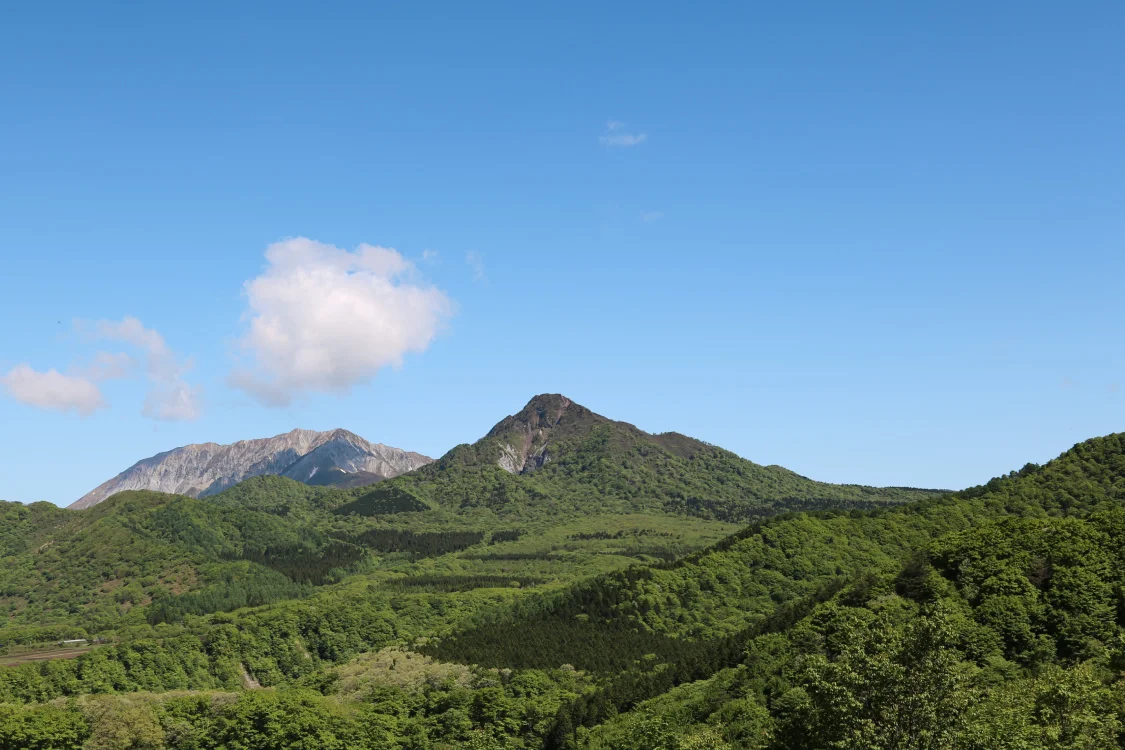
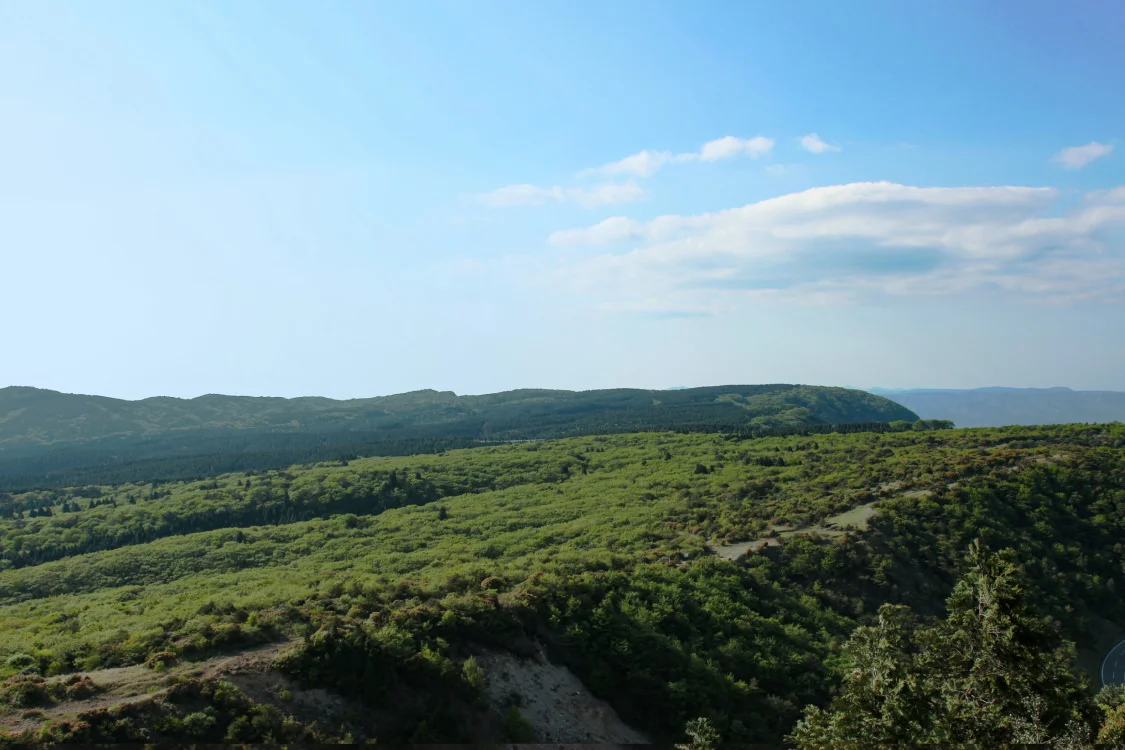
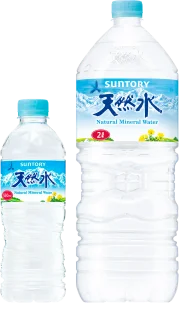
Where Does the Water for Suntory Tennensui Products Come From?
Suntory Tennensui—a mineral water loved by many. Suntory Tennensui is produced using groundwater sourced from deep below mountainous terrains where our Natural Water Sanctuaries of the Minami Alps, Kita Alps, Okudaisen, and Aso are located.
The Secret of Water from the Minami Alps
The groundwater of the Minami Alps region is nurturedby the granite mountains located just behind the Distillery. This granite, formed deep underground around 14 million years ago, gradually pushed up through the sedimentary rock layers above until it finally emerged at the surface. It is among the newest granites in Japan, whereas large granite formations of the same area, such as the Kii Peninsula still remain deeply buried underground.
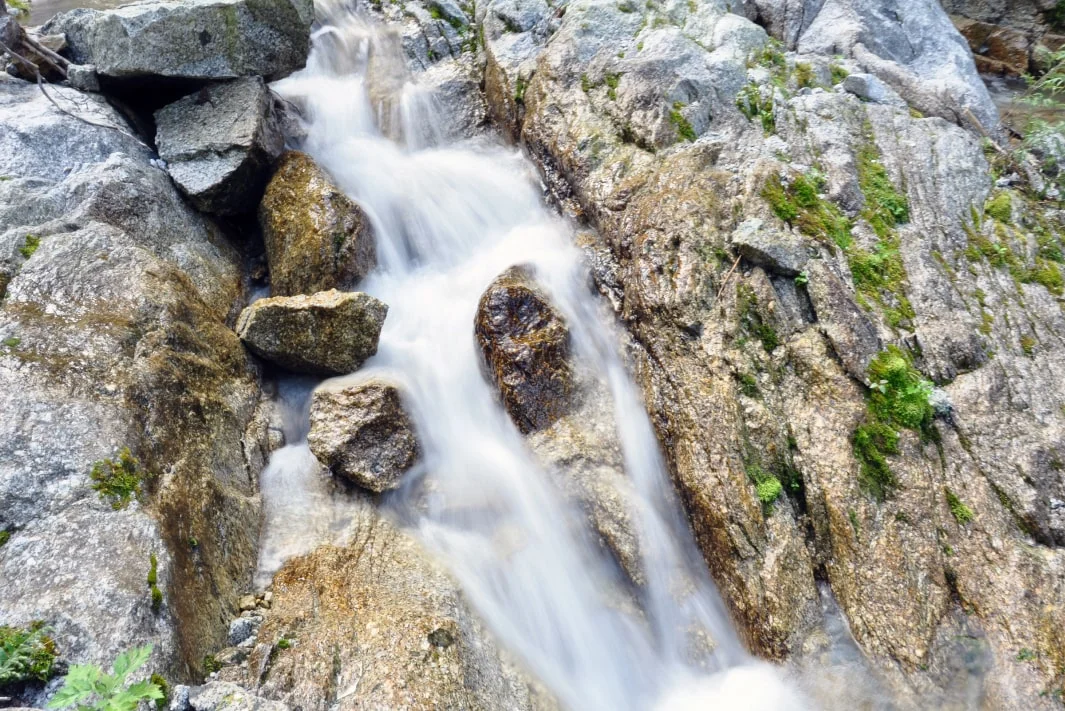
Granite is a type of rock that cooled and solidified slowly deep underground, resulting in large crystals and a tendency to weather easily. The weathered rock allows water to pass through, giving it a strong capacity to nurture groundwater. On the other hand, this also makes it fragile and prone to crumbling.
Sitting atop the massive Hakushu Fault, the mountain is also riddled with a network of smaller associated fault fractures, making the underground water flow extremely complex. This may also explain why the water, despite being from granite, has a relatively high hardness of about 30. It’s soft water with a crisp, clean taste.
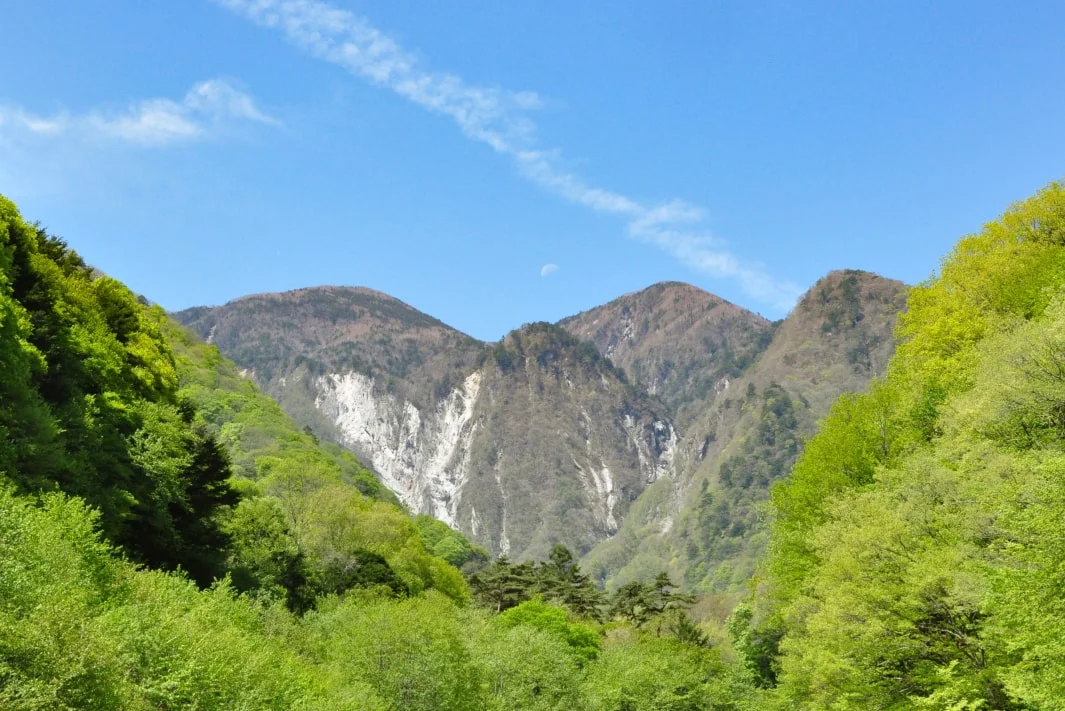
What Kind of Forest Nurtures the Water of Japan’s Minami Alps?
Our Natural Water Sanctuary Minami Alps is home to a natural mixed forest of coniferous and broadleaf trees, predominantly Japanese Oak, momi fir, and southern Japanese hemlock, along with planted areas of Japanese larch. Various small birds live in the forest, and their chirping in the early morning can be hard to ignore. The endangered Mountain Hawk-Eagle also nests here, making this a forest rich in biodiversity.
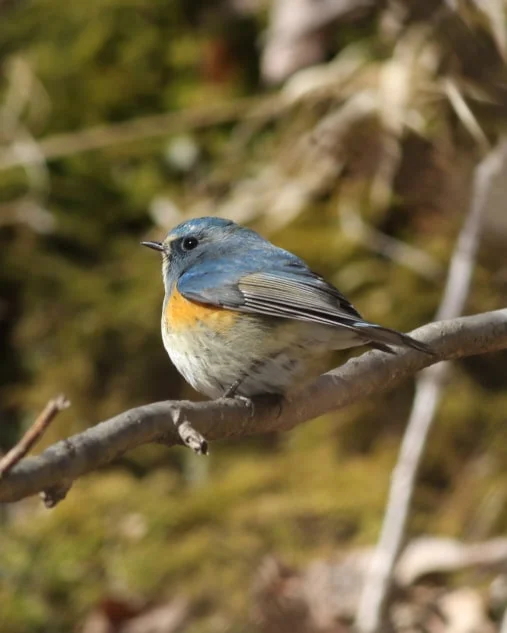
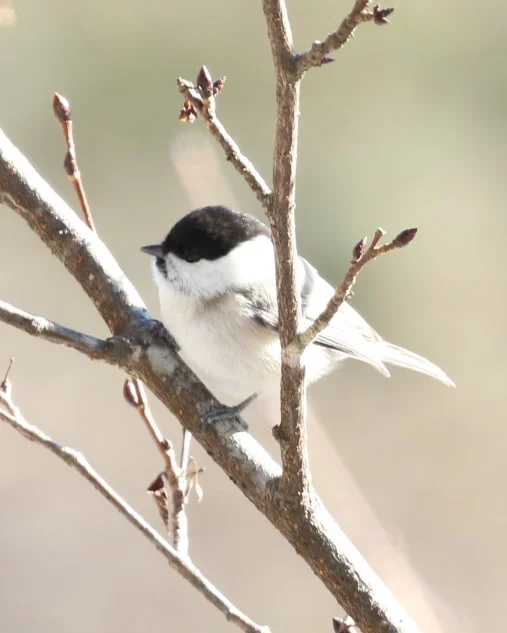
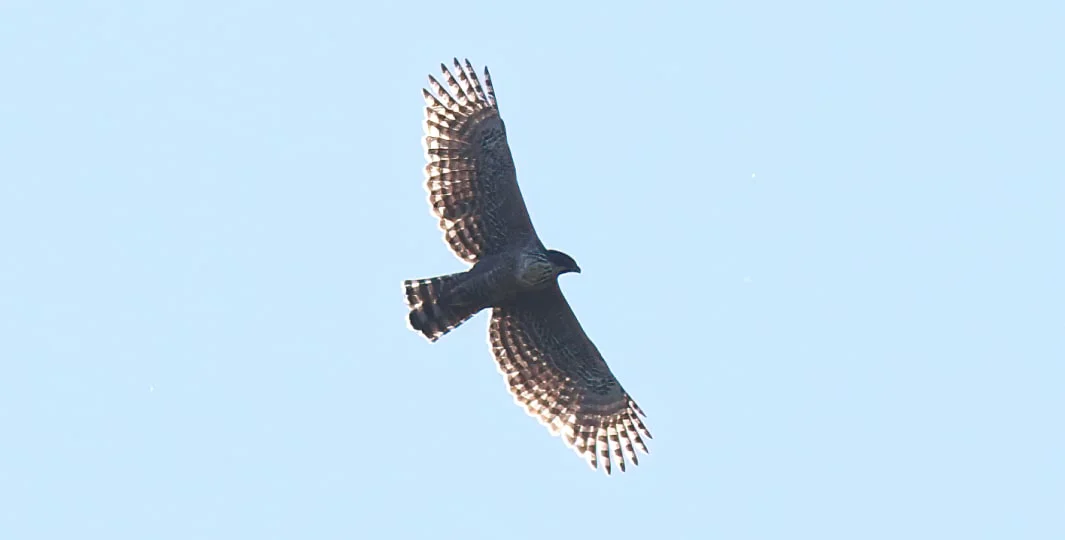
Bird names are listed in accordance with the Check-list of Japanese Birds, 8th Revised Edition.
Learn about the living things in the Natural Water SanctuariesNatural Water Sanctuary Minami Alps Initiatives
The geology under our Natural Water Sanctuary Minami Alps is granite. Granite has a great ability to nurture water, but it also has the drawback of weathering easily, making landslides more likely to occur. The photo below shows a slope that has become like a sandy beach after a surface collapse washed away the plants and the forest topsoil.
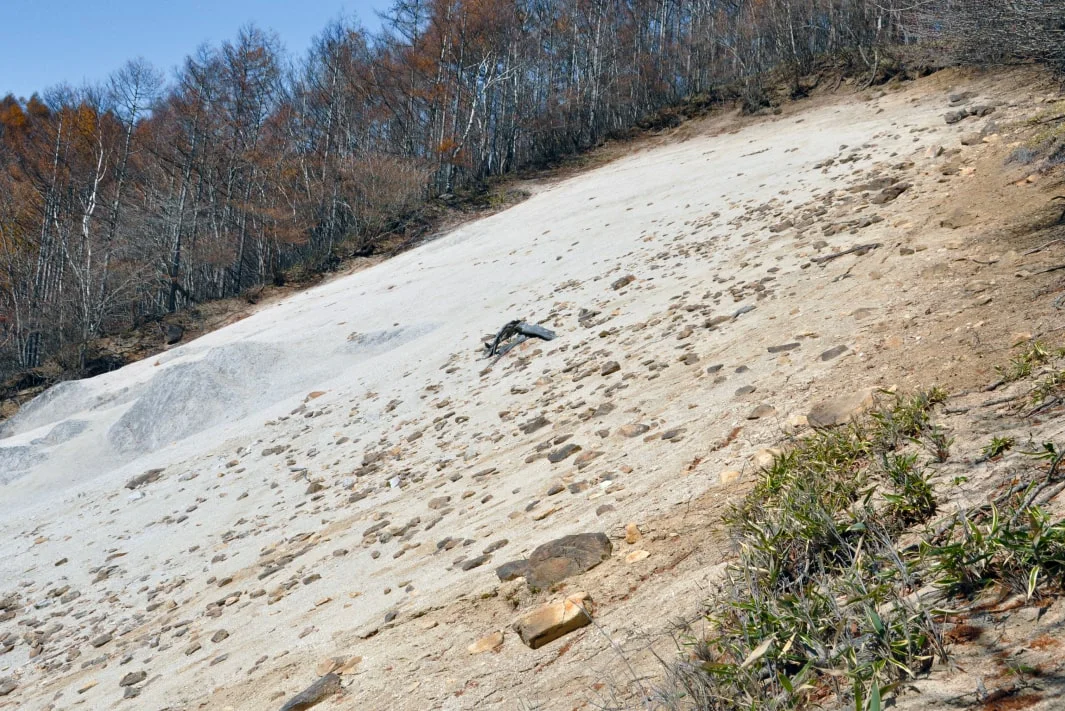
In such areas, we use thinned timber to build soil retention structures and cover the ground with jute netting to prevent further soil erosion. We also plant local provenance seedlings.* Ten years later, the forest appears to be coming back, and healthy forest soil is starting to regenerate.
Seedlings grown from seeds collected from native trees in the area, with careful documentation of the collection sites and dates
Example of slope collapse site greening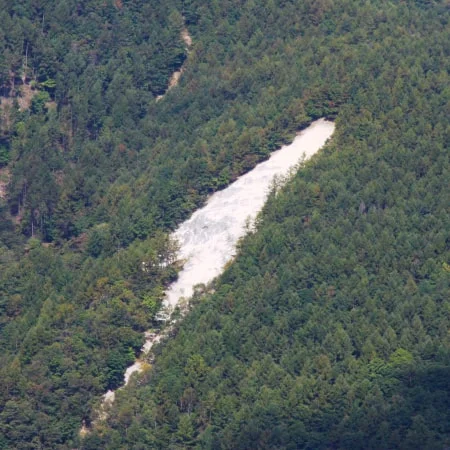
An area denuded by large-scale slope failure is first surrounded by deer fences
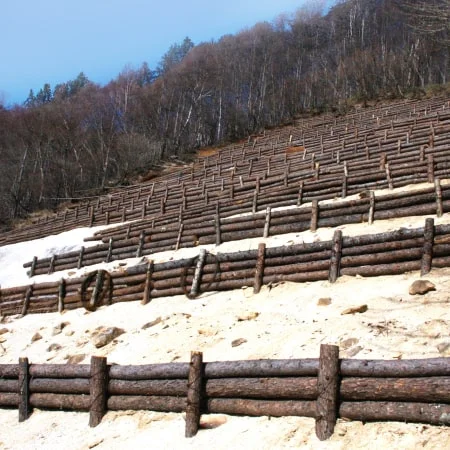
Using thinned larch timber from the surrounding area for soil retention construction
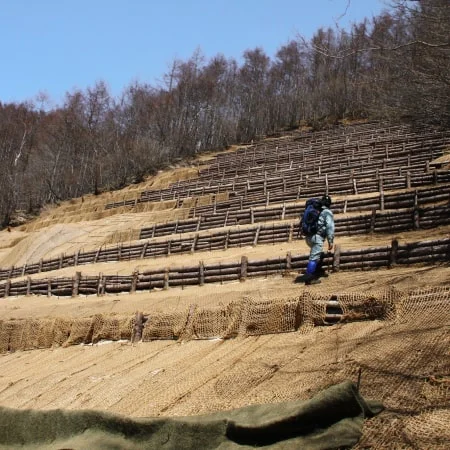
Using jute netting to stop sediment and planting of local provenance seedlings
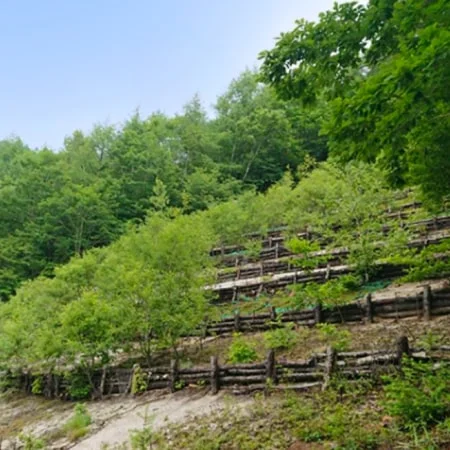
Ten years later, the vegetation is gradually returning
Experts involved in this Initiative
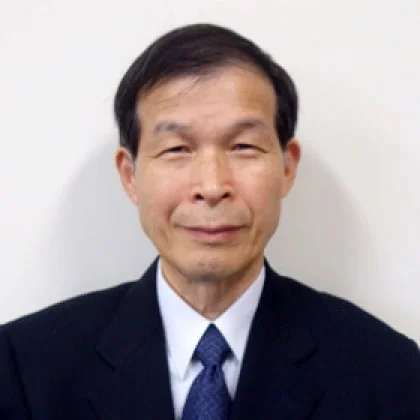
Yoshiharu Ishikawa
Emeritus Professor, Tokyo University of Agriculture and Technology
Water Positive! Ensuring Water Abundance for Generations to Come
It takes approximately 20 years for the rain or snow that falls today to become groundwater that can be pumped out of an aquifer. Suntory is committed to safeguarding delicious, high-quality groundwater for the next 100 years. As part of our "Water Positive" commitment, we aim to return more water to nature than we take, ensuring the sustainability of this precious resource.
Through our Natural Water Sanctuary activities, Suntory replenishes more than twice the amount of groundwater it pumps at its facilities in Japan, thereby achieving water positive.
Suntory Tennensui (Minami Alps) Tour
At the Suntory Minami Alps Hakushu Water Plant, which is connected to our Natural Water Sanctuary Minami Alps through an underground water network, visitors can enjoy facility tours and tastings of Suntory Tennensui brand products.
We hope to welcome you!
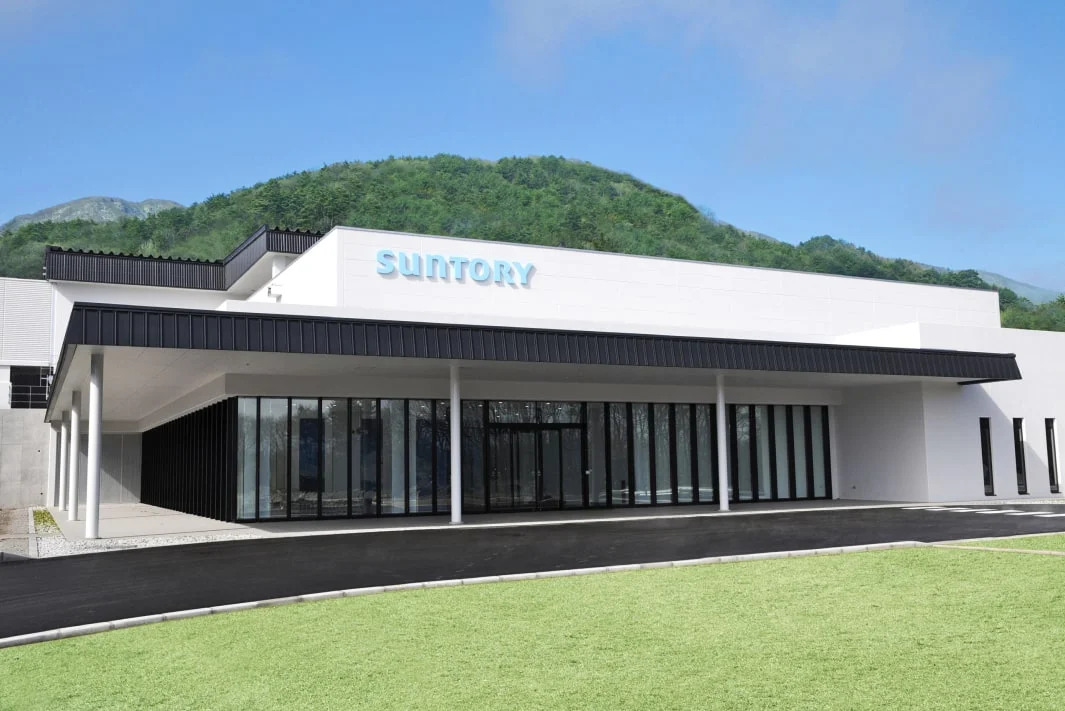
Reservations are required for tours. For more information, please visit the official website of the Suntory Minami Alps Hakushu Water Plant.
Click here for information on tours of the Suntory Minami Alps Hakushu Water Plant (Website: Japanese only)The Secret of Water from the Kita Alps
Like the Minami Alps, the Kita Alps are also composed of granite mountains. However, while the Minami Alps are relatively new mountains—formed around 14 million years ago after the Japanese archipelago had taken its general shape—the granite of the Kita Alps dates back approximately 60 million years, from a time when Japan was still attached to the edge of the Asian continent.
Compared to the granite of the Minami Alps, the rocks here contain slightly less calcium and magnesium. In addition, the mountains that nurture the water here have fewer fault fractures than those in the Minami Alps, which may result in fewer minerals dissolving into the water. The soft water has a hardness of about 10, offering a pleasantly smooth and crisp taste.
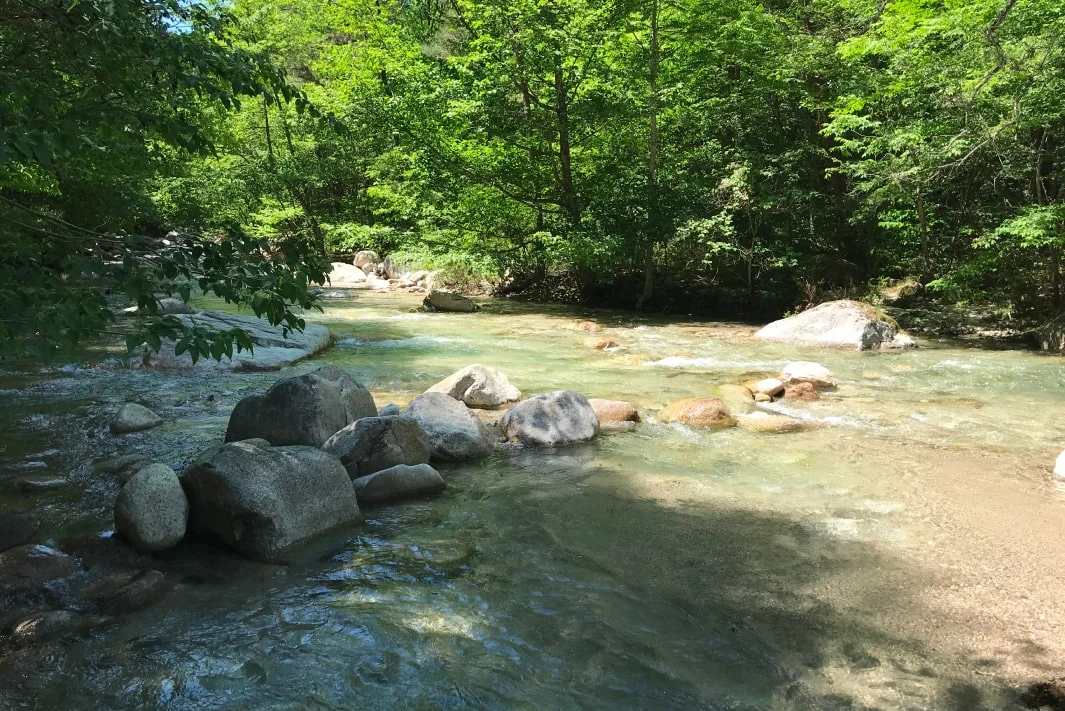
What Kind of Forest Nurtures the Water of Japan’s Kita Alps?
Our Natural Water Sanctuary Kita Alps is divided into two areas: the Alps Azumino National Government Park, adjacent to Suntory’s facility, and the Omachi City Forest, located at a higher elevation.
The park area mostly consists of planted forests—such as Japanese red pine, Japanese larch, cedar, and Hinoki cypress—while the forest area is mostly natural broadleaf forest, except for some patches of planted larch. This forest is home to many birds of prey, including the Mountain Hawk-Eagle, Eurasian Goshawk, Crested Honey Buzzard, and Eastern Buzzard. Many mammals also inhabit this area, such as the Asiatic black bear, Japanese serow (a medium-sized goat-antelope), Japanese macaque, and wild boar.
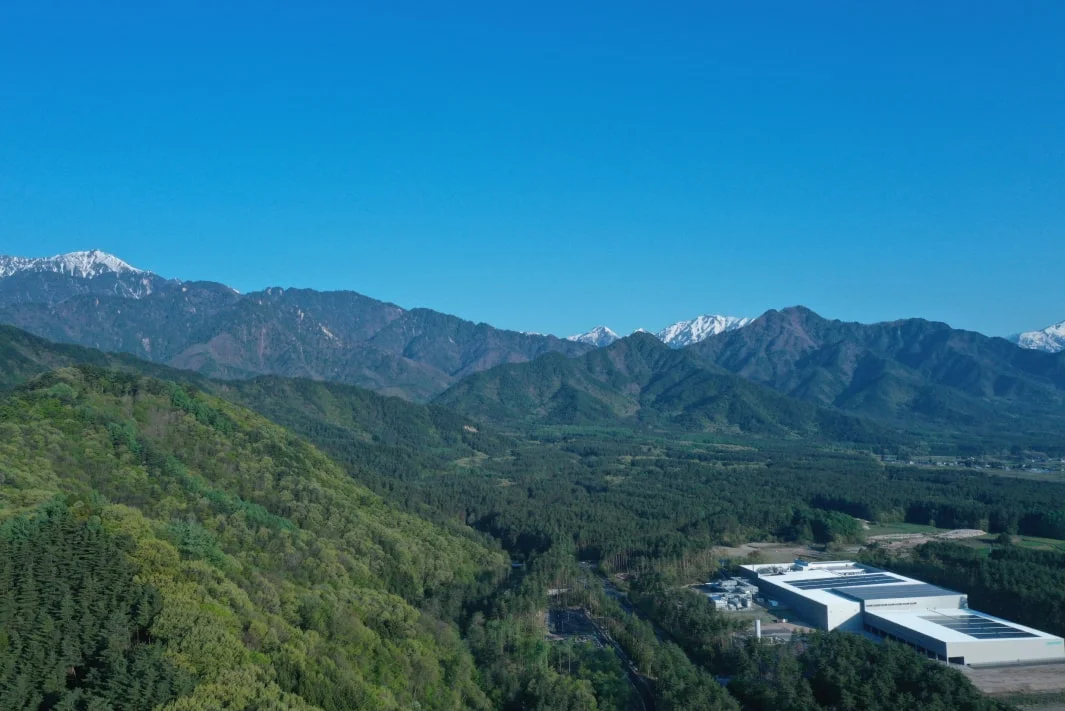
Bird names are listed in accordance with the Check-list of Japanese Birds, 8th Revised Edition.
Natural Water Sanctuary Kita Alps Initiatives
To help support the nesting of the many birds of prey living in this forest, we have begun the management of the Japanese red pine forests. According to old records preserved in the Alps Azumino Park, the restricted-access Japanese red pine forest next to Suntory’s plant used to be a prime nesting area for many hawks.
However, over time, broadleaf trees growing beneath the pines began to cover the branches ideal for nesting, making the area less suitable for hawks. To address this, pine trees ideal for nesting were chosen, the surrounding broadleaf trees were thinned out, and the following year, artificial nest platforms were installed.
Watch this video showing how we support Eurasian Goshawks during their nesting period.
A Water Plant Where Hawks and People Can Co-Exist
(Japanese Only)
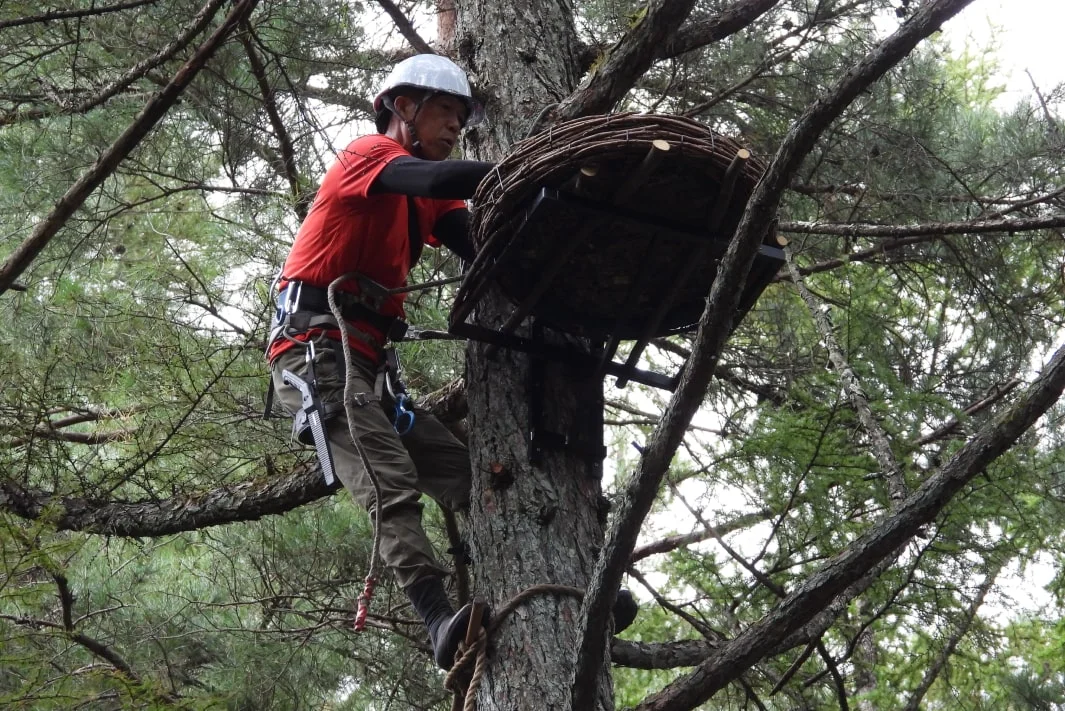
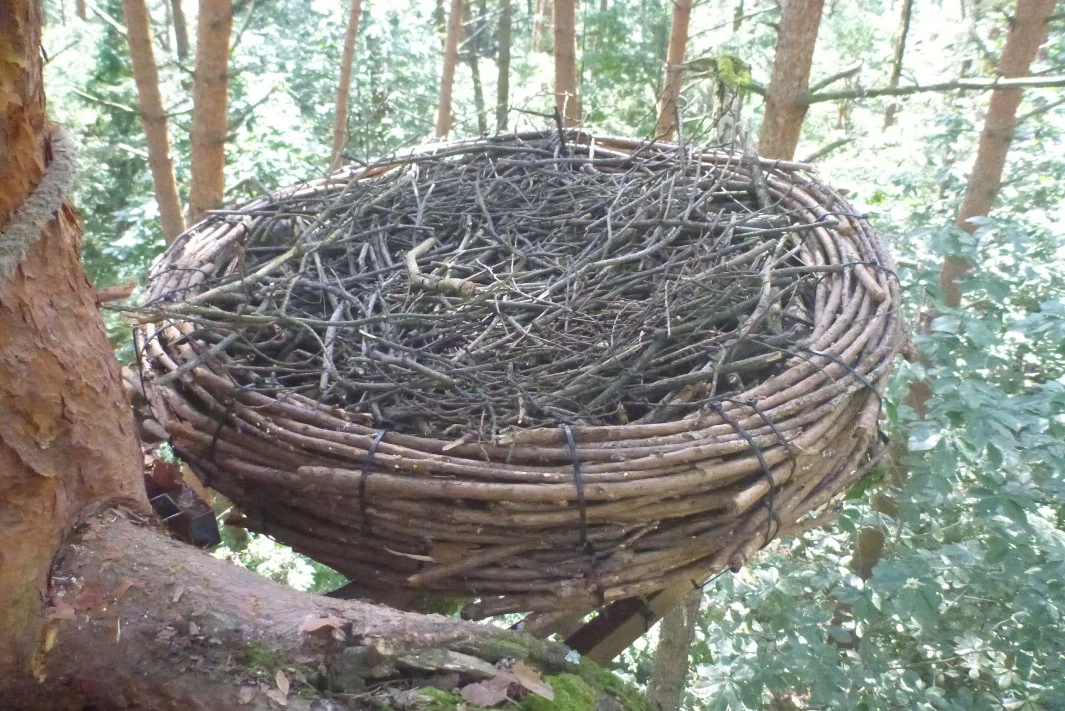
In 2022, Eurasian Goshawks began nesting on this platform, and by summer, 3 chicks successfully fledged from the nest.
Eurasian Goshawk Chicks Learn to Fly (Japanese Only)
Unfortunately, signs of pine wilt disease have now begun appearing even in forests near the Sanctuary. In several decades, the pines in the park may also be affected and die off. To prepare for that possibility, we have launched efforts in the Suntory-owned forest next to the park. These include clear-cutting aging Japanese red pine groves in small areas and replanting them with disease-resistant pine species. We hope that in 50 years, these will grow into magnificent pine forests.
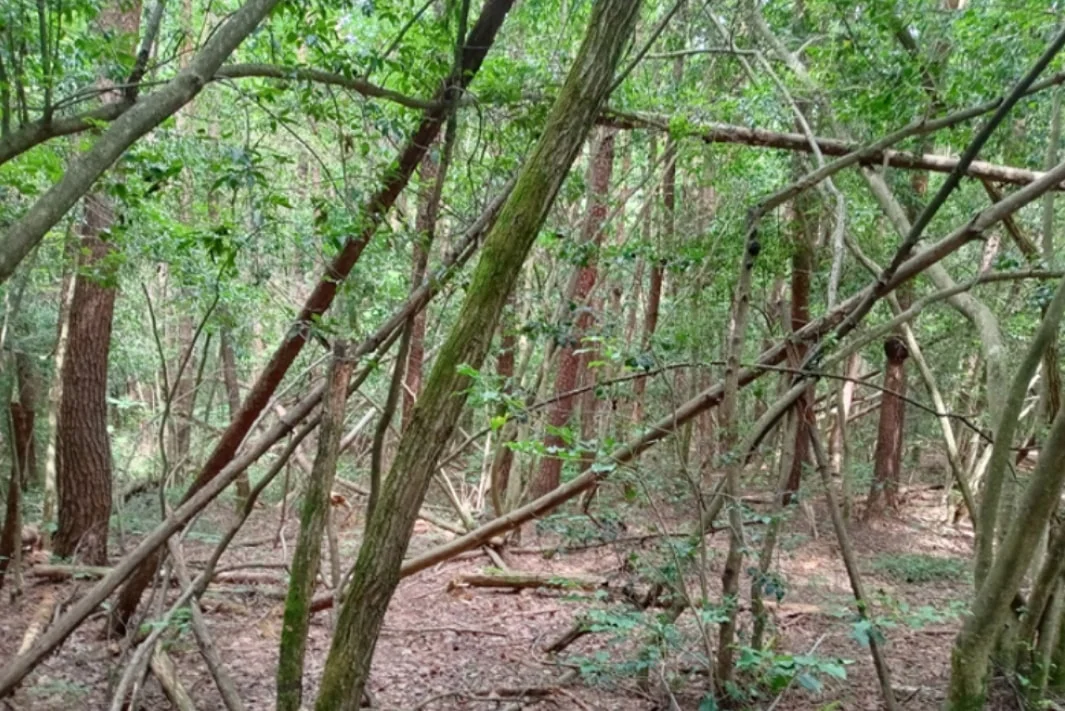
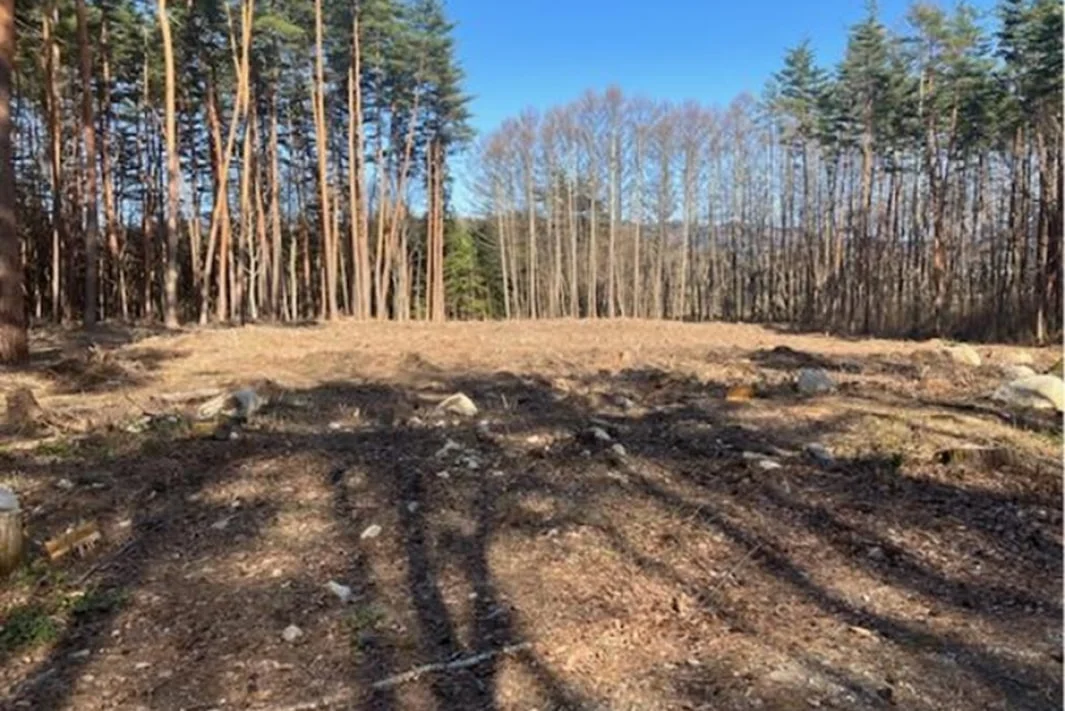
Since pines prefer nutrient-poor soils, the surface humus layer was fully removed after clear-cutting. Disease-resistant seedlings will be planted in this area
Experts involved in this Initiative
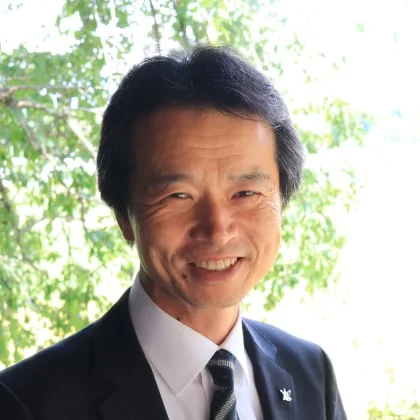
Koichi Endo
Chairperson, Wild Bird Society of Japan
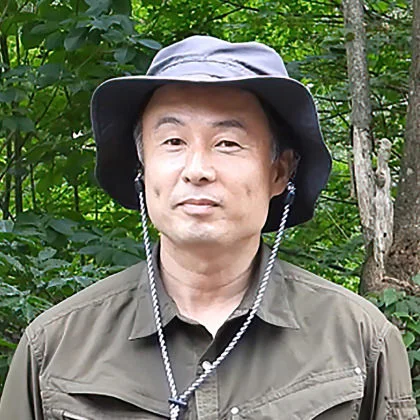
Takashi Fujii
Research Manager, Japanese Society for Preservation of Birds Research Department

AI-Shokubutsu Landscape Planning Office
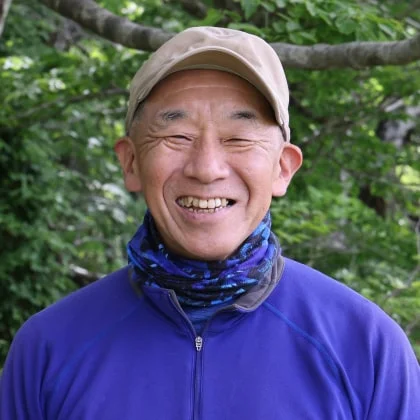
Yoshiyuki Hioki
Specially Appointed Professor, Tottori University

MORISHO LLC
Water Positive! Ensuring Water Abundance for Generations to Come
It takes approximately 20 years for the rain or snow that falls today to become groundwater that can be pumped out of an aquifer. Suntory is committed to safeguarding delicious, high-quality groundwater for the next 100 years. As part of our "Water Positive" commitment, we aim to return more water to nature than we take, ensuring the sustainability of this precious resource.
Through our Natural Water Sanctuary activities, Suntory replenishes more than twice the amount of groundwater it pumps at its facilities in Japan, thereby achieving water positive.
Suntory Tennensui (Kita Alps) Tour
At the Suntory Kita Alps Shinano-no-Mori Water Plant, which is connected to our Natural Water Sanctuary Kita Alps through an underground water network, visitors can enjoy facility tours and tastings of Suntory Tennensui brand products.
We hope to welcome you!
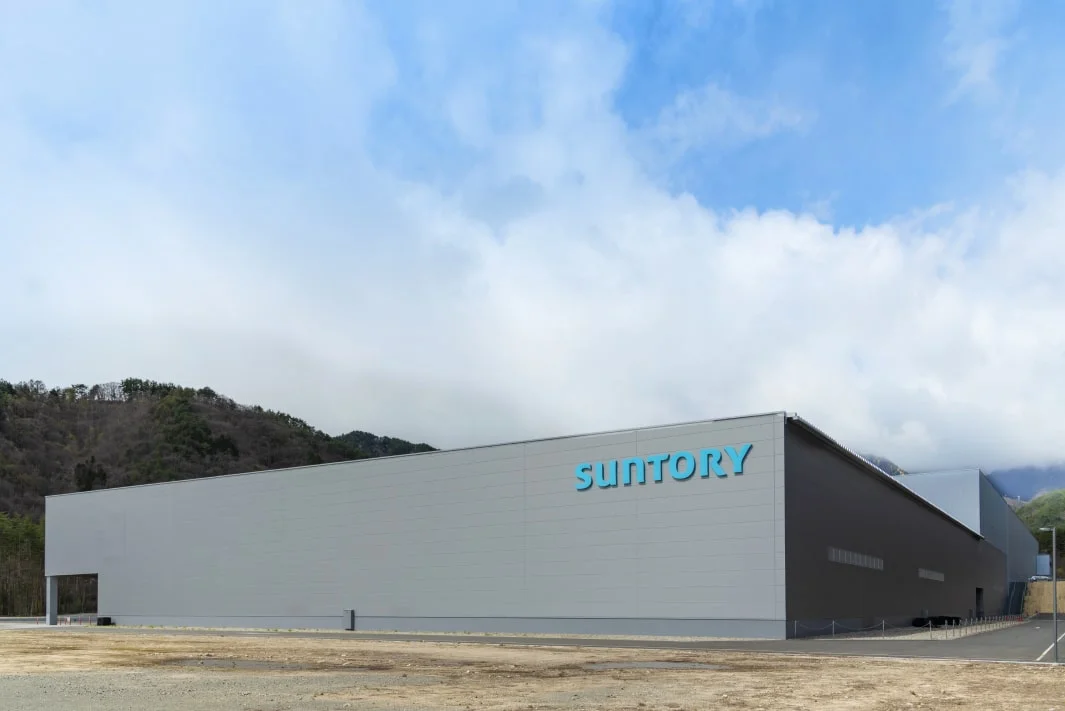
Reservations are required for tours. For more information, please visit the official website of the Suntory Kita Alps Shinano-no-Mori Water Plant.
Click here for information on tours of the Suntory Kita Alps Shinano-no-Mori Water Plant (Website: Japanese only)The Secret of Water from Okudaisen
Located on the south side of Mt. Daisen in Tottori Prefecture, Okudaisen is a ski area where 2 to 3meters of snow can accumulate in winter. Karasugasen is a notable peak in the Okudaisen area and one of the major summits in the Daisen mountain range. Formed through repeated volcanic activity over the last 25,000 years, Mt. Karasugasen looks like a crow with spread wings when viewed from a distance.
The Suntory Okudaisen Bunanomori Water Plant is built on a plateau formed by pyroclastic flows from Mt. Karasugasen. Rain and snowmelt on the mountain’s surface seep deep into the ground and, over roughly 20 years, slowly make their way to the underground springs beneath the Plant. The pyroclastic flow is composed of dacite—a volcanic rock with characteristics midway between those of rhyolite and andesite. As the water filters through it, it becomes a soft, highly drinkable mineral water, so smooth it even has a hint of sweetness. The hardness is approximately 20.
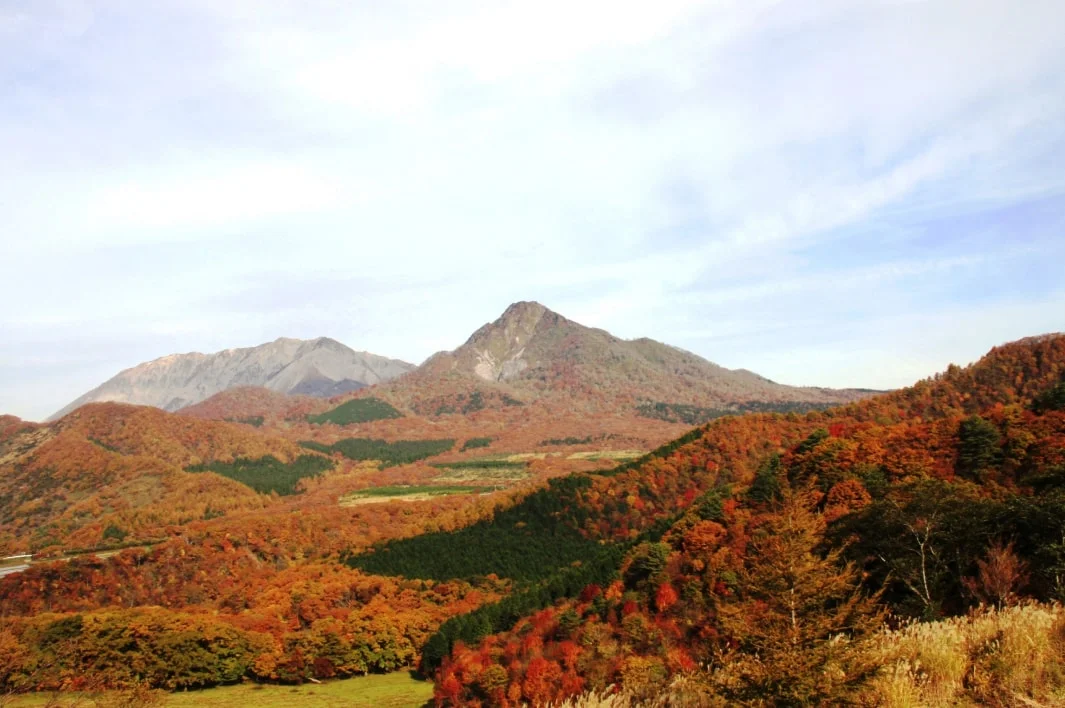
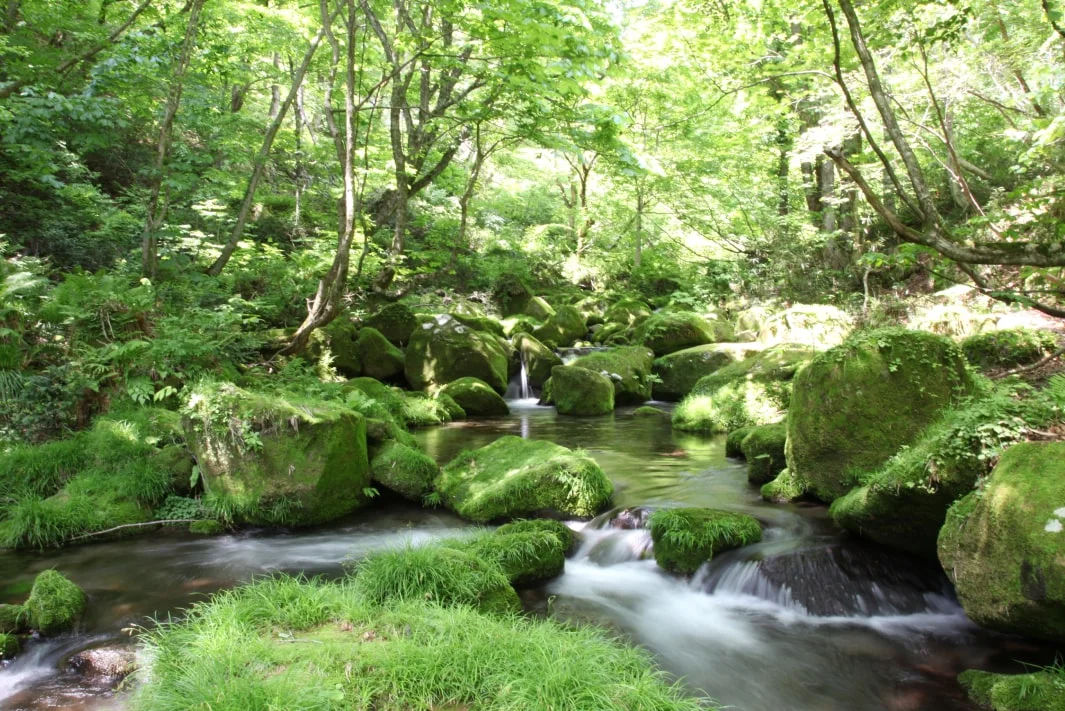
This location was selected as the source of Suntory Tennensui (Mineral Water) primarily for the exceptional water taste. The groundwater here is also abundant, replenished by the region’s heavy snowfall. Moreover, the entire area around Karasugasen is within a national park and serves as a water-source conservation area. The land is designated as a Special Protection Zone, or as Type 1/Type 2 Special Areas, minimizing the risks of development and pollution. This was another key factor in choosing this location for the Plant.
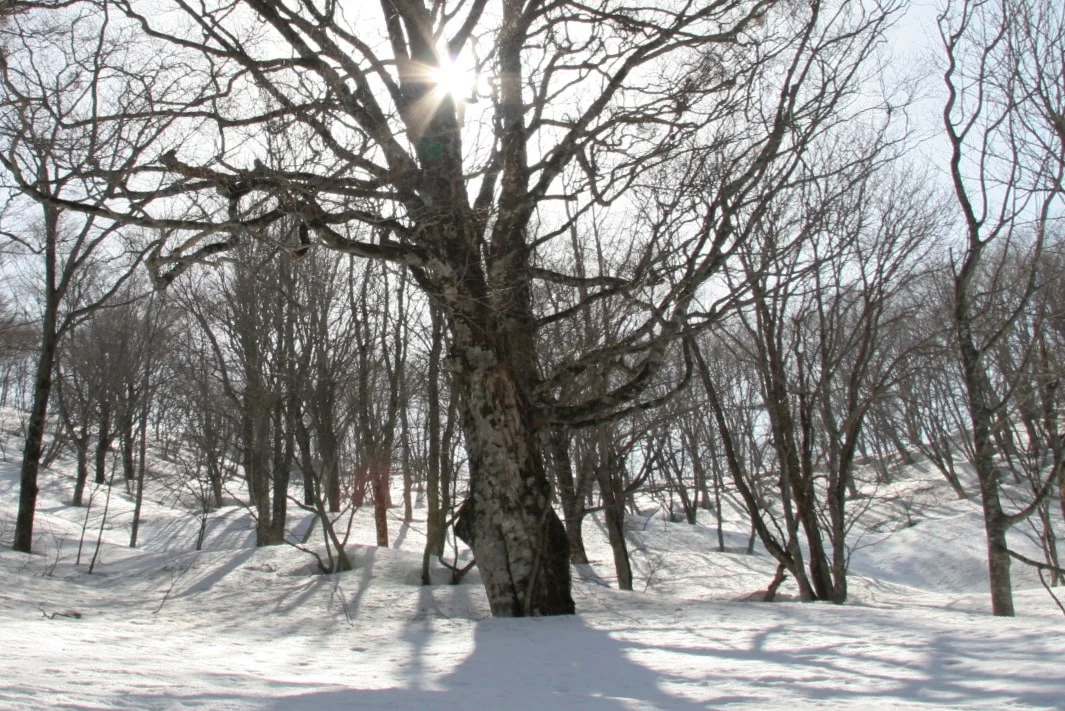
What Kind of Forest Nurtures the Water of Okudaisen?
Our Natural Water Sanctuary Okudaisen covers a rich and diverse landscape. Along with deciduous broadleaf forests dominated by Japanese beech and Japanese Oak, there are coniferous plantations of Japanese cedar, Hinoki cypress, and Japanese larch, as well as grasslands and wetlands.
When neglected plantations are thinned and light reaches the forest floor, various seeds that have lain dormant in the soil for years suddenly sprout, transforming the ground into a lush carpet of green.
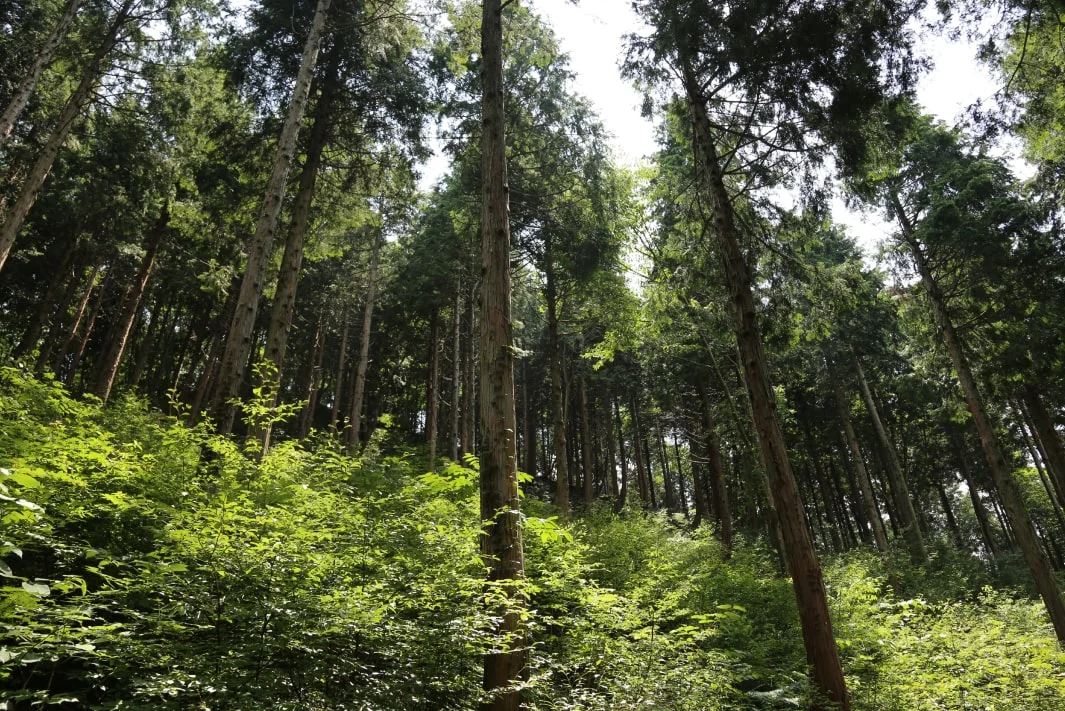
Known as a “soil seed bank,” these hidden seeds lie dormant underground, patiently waiting for the moment sunlight reaches the forest floor to trigger their growth. They arrive either by wind (wind-dispersed) or by birds that swallow berries whole and later disperse the seeds through their droppings (bird-dispersed). It would be impossible for humans to plant this many seedlings by hand. This shows how birds and the wind are invaluable partners in restoring the forest.
In another part of the forest, there are giant trees including Japanese beech and Japanese Oak, but the ground is thickly covered with bamboo grass, preventing the next generation of trees from growing. In those areas, bamboo grass is manually cleared to create conditions where young trees can thrive. Restoring the wetlands within the forest is also a unique activity specific to this area.
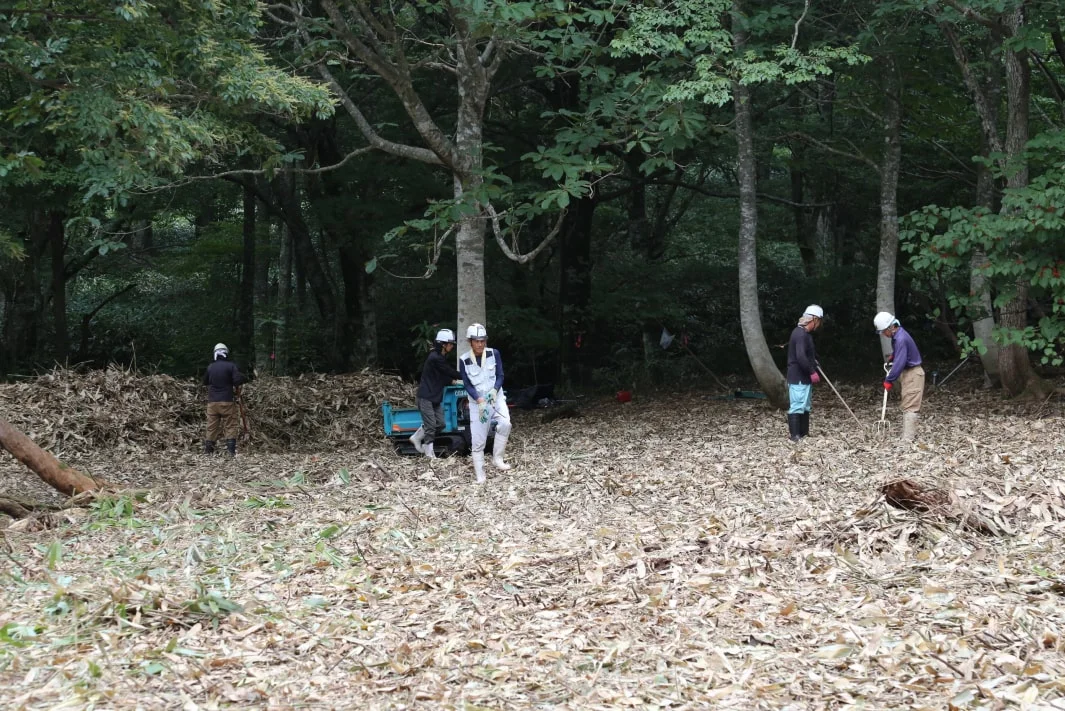
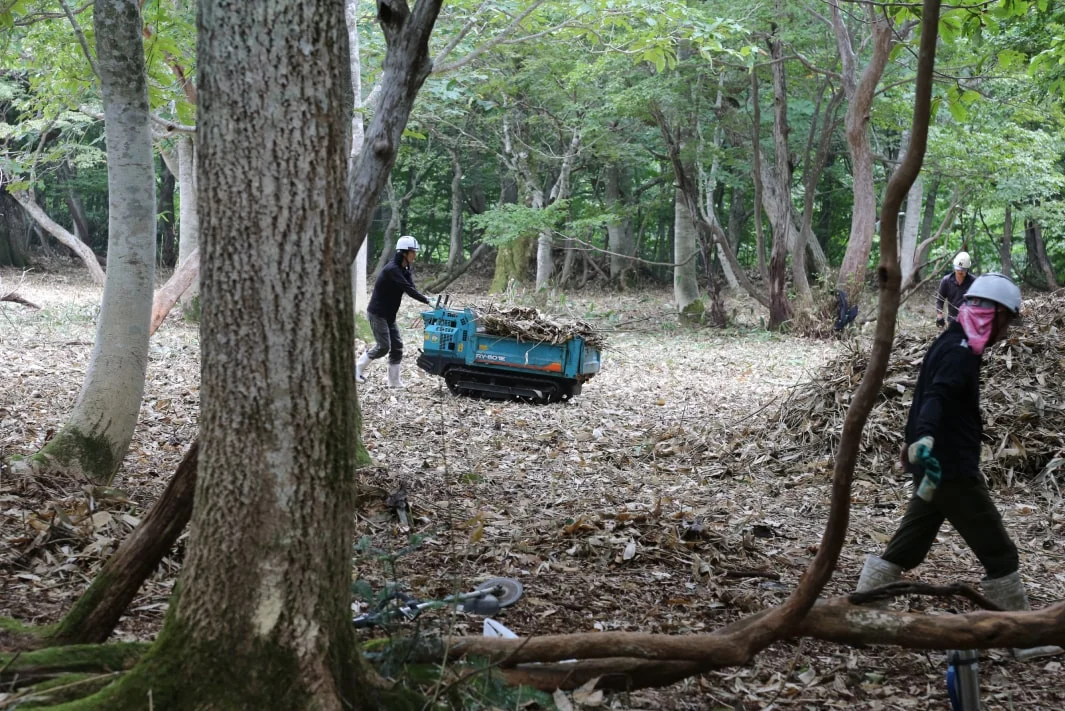
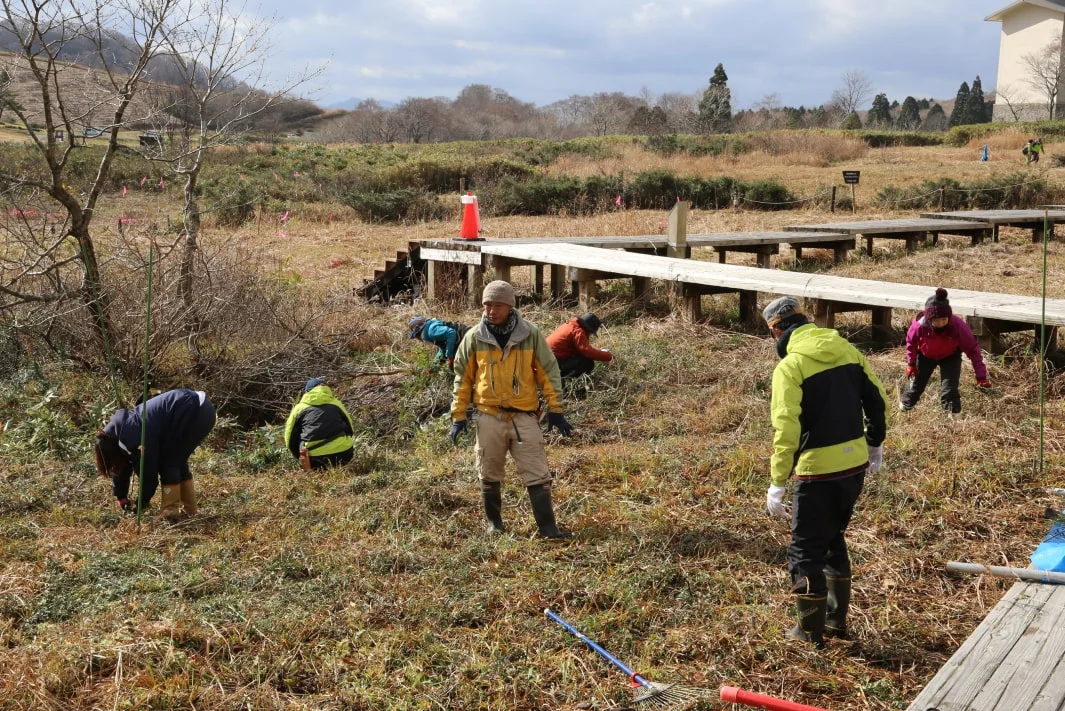
The endangered Golden Eagle—teetering on the brink of extinction—has a nesting site nearby. It frequently soars above the forest in search of prey. To support the eagle’s survival, efforts are being made to restore the surrounding grasslands. These areas are vital to the Golden Eagle, which relies on open spaces for hunting.
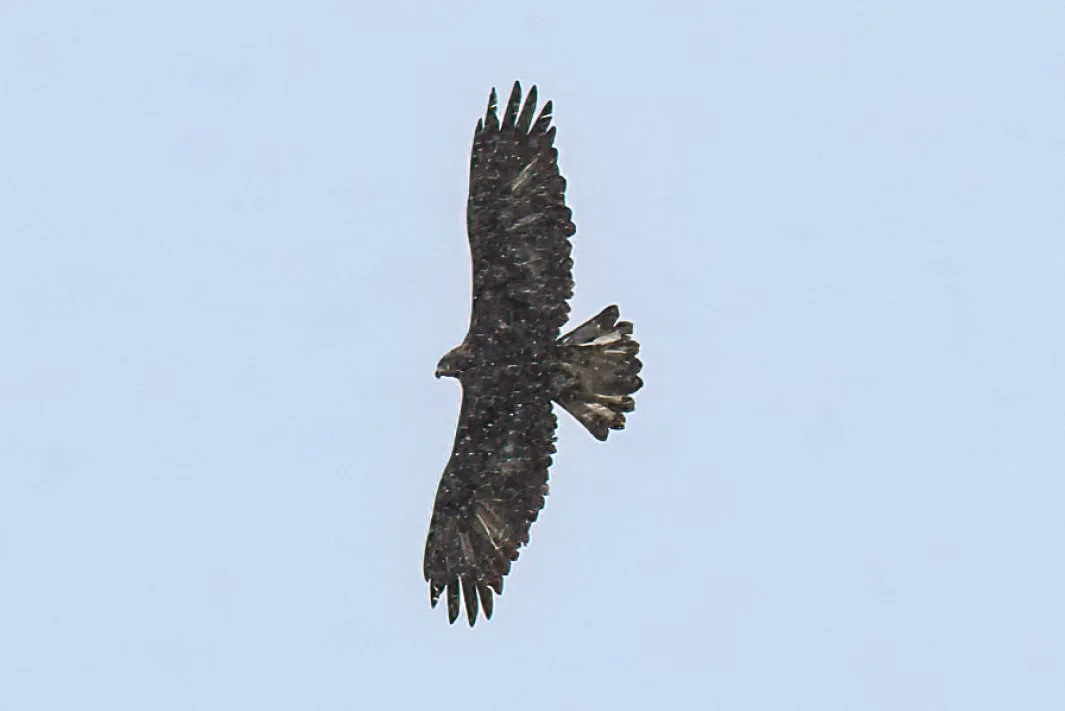
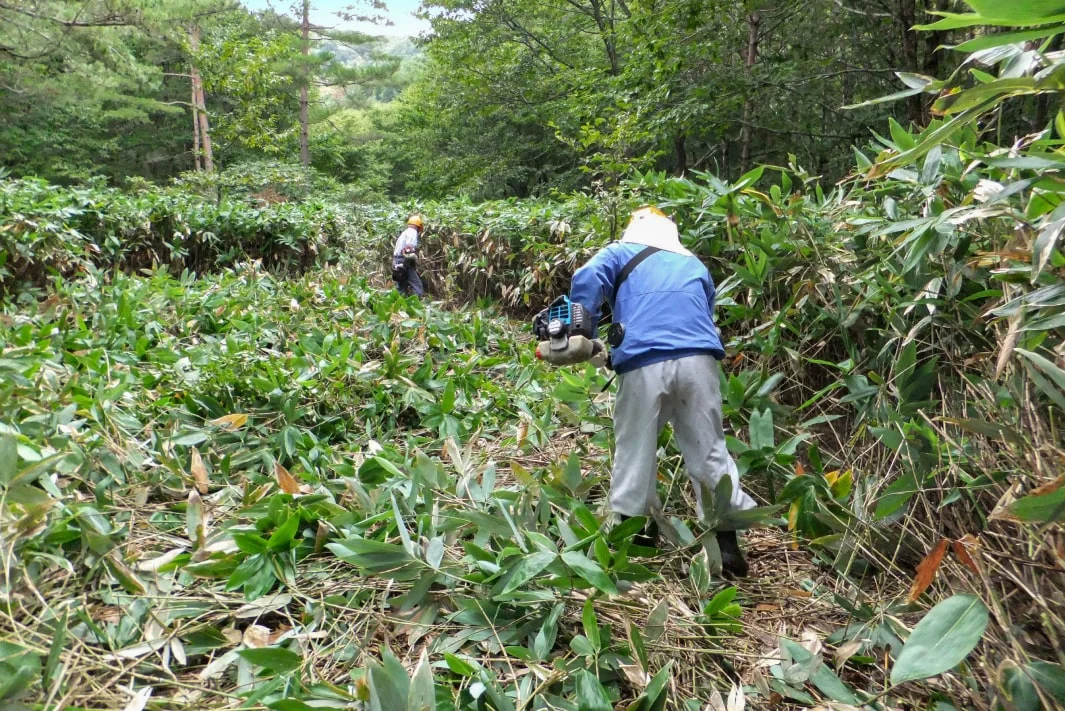
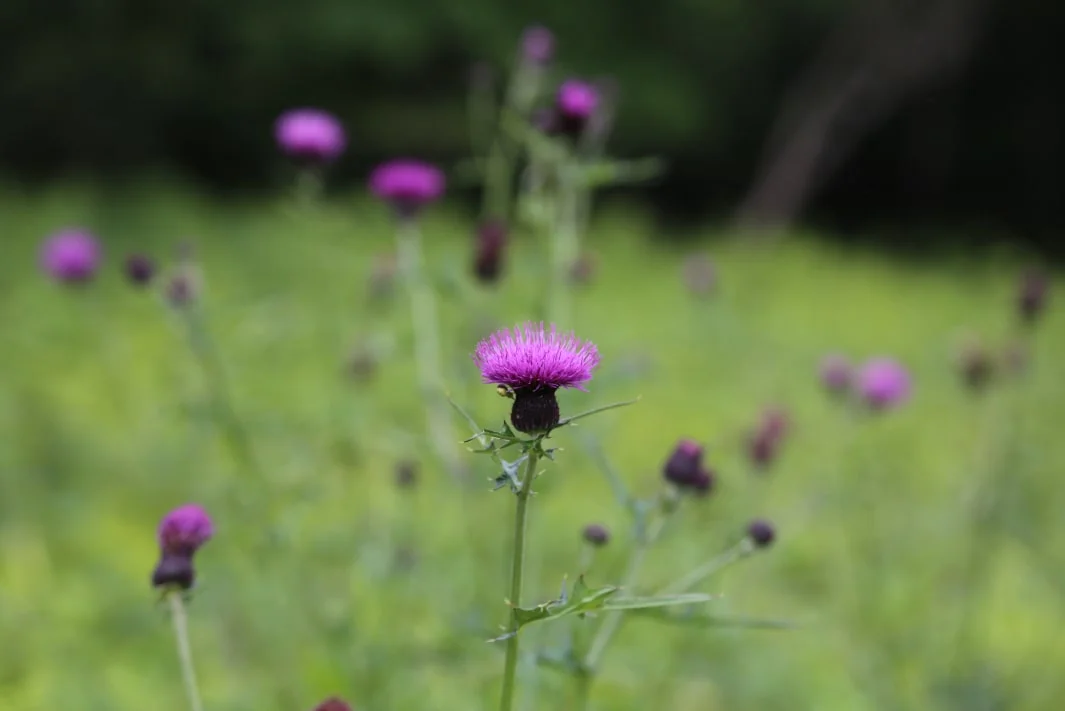
Bird names are listed in accordance with the Check-list of Japanese Birds, 8th Revised Edition.
Experts involved in this Initiative

Yoshiyuki Hioki
Specially Appointed Professor, Tottori University
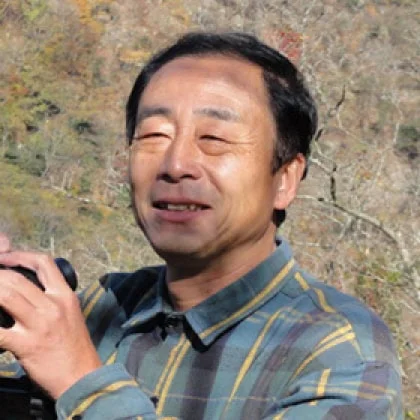
Toru Yamazaki
President, Asian Raptor Research and Conservation Network
Natural Water Sanctuary Okudaisen Initiatives
Working Together with Local Community Members
Around our Natural Water Sanctuary Okudaisen, we also work on various initiatives in collaboration with the local community. One such effort is the Beech Nut Project, where local elementary school children gather Japanese beech nuts, raise them into seedlings, and then plant them back into the forest.
We also participate in Tottori Prefecture’s rural revitalization program, “Tottori Symbiosis Village,” by helping to convert abandoned farmland into fields that promote soil conservation. Local farmers grow buckwheat on this land, and we support their efforts to turn it into a noodle product sold as “Okudaisen Mitsukue Soba.”
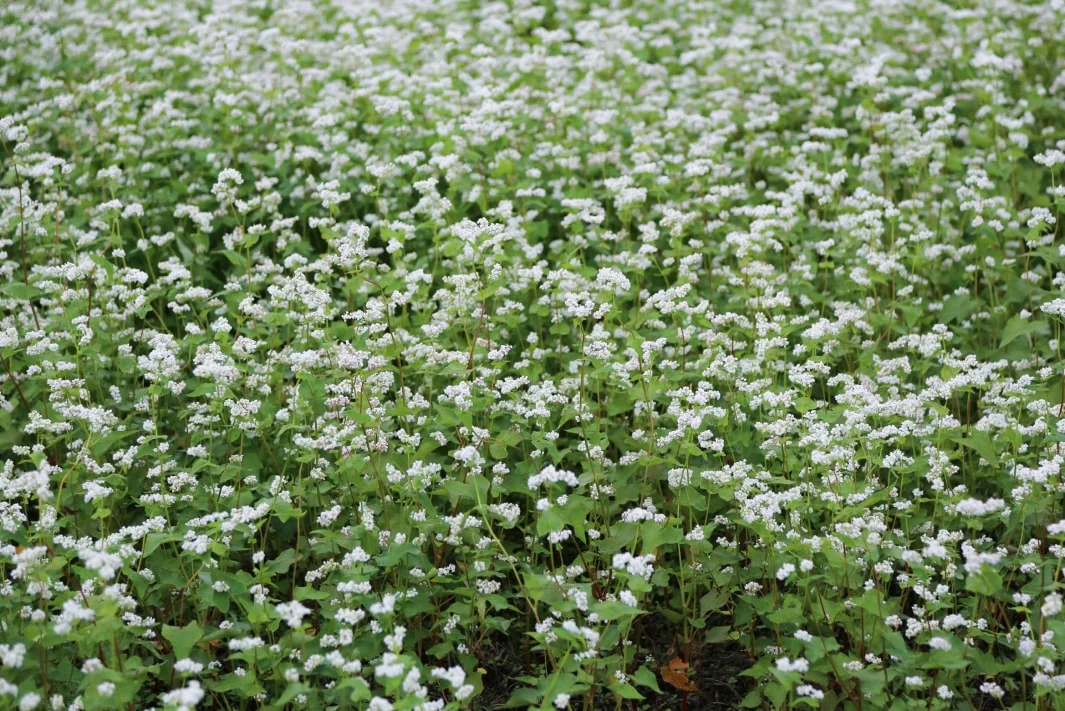
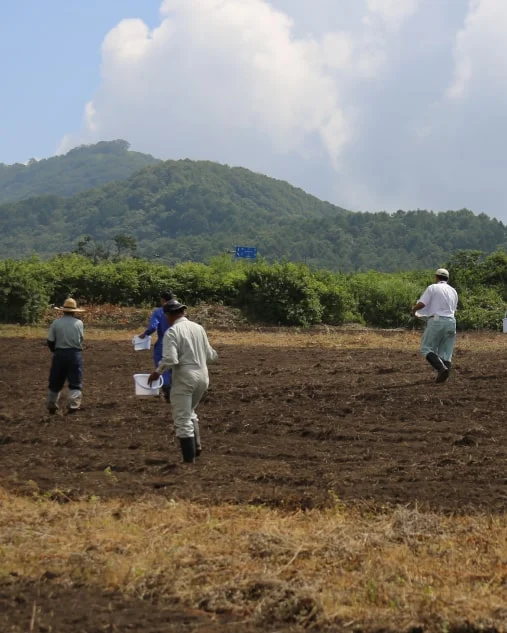
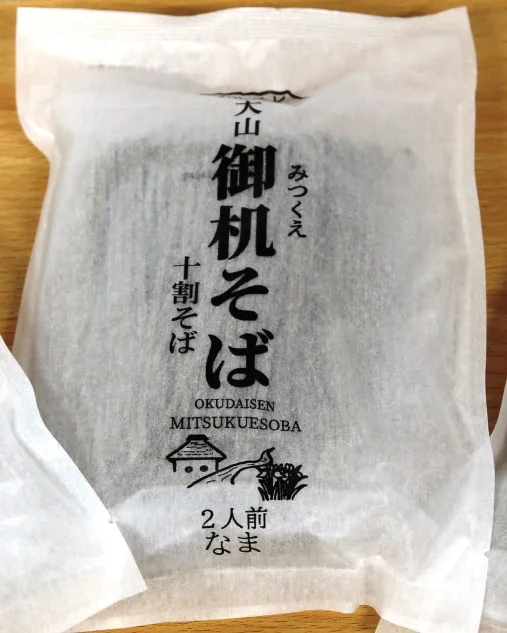
Preventive Thinning and Effective Use of Harvested Trees
In one area of the forest, there was a pure stand* of Japanese Oak trees, over 100 years old, covering about one hectare. It was a beautiful grove, but unfortunately, it was being threatened by tree disease known as oak withering, spreading in the area.The pure stand was at risk of infection, which in turn would lead to even wider disease spread.
A “pure stand” refers to a forest area made up entirely of a single tree species
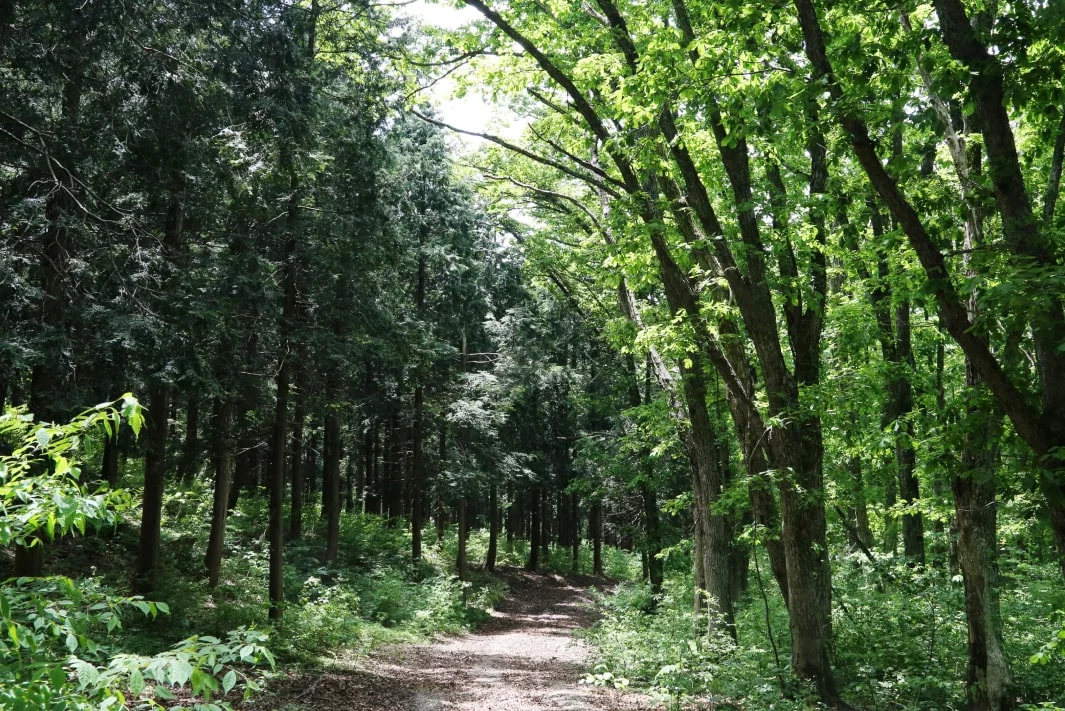
As a result, with permission from both the landowner and Japan’s Ministry of the Environment, we decided to carry out a full harvest of the Japanese Oaks in this area. These were precious Japanese Oaks, each over 100 years old. We carefully considered the best use for the felled trees. Logs with straight grain, free from warping or twisting, were made into whisky barrels, while the rest was effectively repurposed as flooring for the Suntory World Research Center, which was under construction at the time. The area where the trees were harvested is now being monitored and nurtured into a forest with greater tree species diversity.
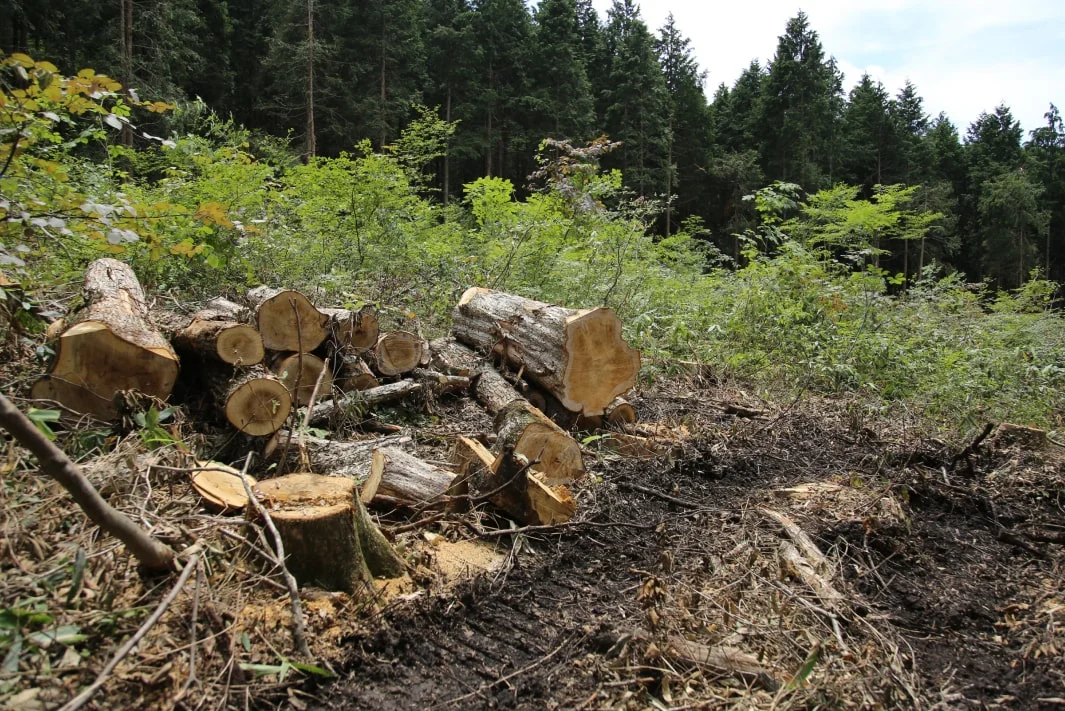
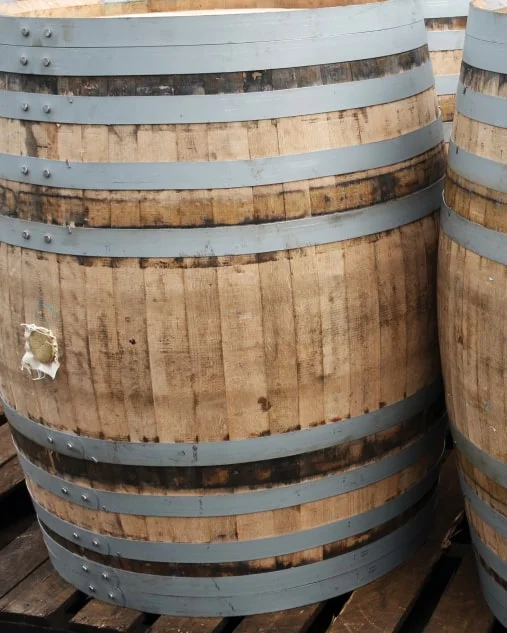
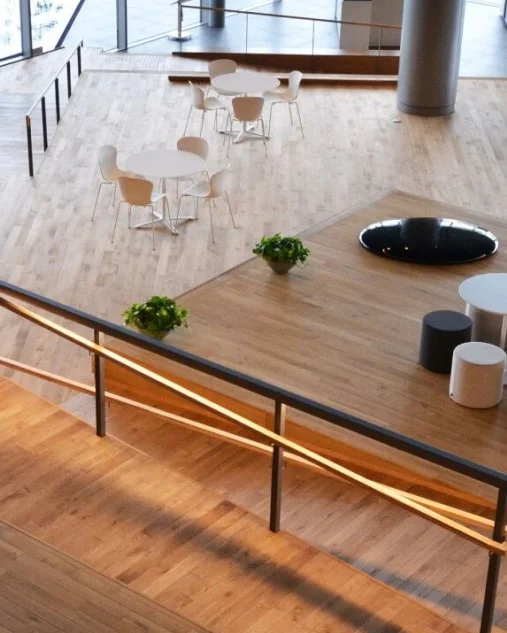
Experts involved in this Initiative

Yoshiyuki Hioki
Specially Appointed Professor, Tottori University
Water Positive! Ensuring Water Abundance for Generations to Come
It takes approximately 20 years for the rain or snow that falls today to become groundwater that can be pumped out of an aquifer. Suntory is committed to safeguarding delicious, high-quality groundwater for the next 100 years. As part of our "Water Positive" commitment, we aim to return more water to nature than we take, ensuring the sustainability of this precious resource.
Through our Natural Water Sanctuary activities, Suntory replenishes more than twice the amount of groundwater it pumps at its facilities in Japan, thereby achieving water positive.
Suntory Tennensui (Okudaisen) Tour
At the Suntory Okudaisen Bunanomori Water Plant, which is connected to our Natural Water Sanctuary Okudaisen through an underground water network, visitors can enjoy facility tours and tastings of Suntory Tennensui brand products.
We hope to welcome you!
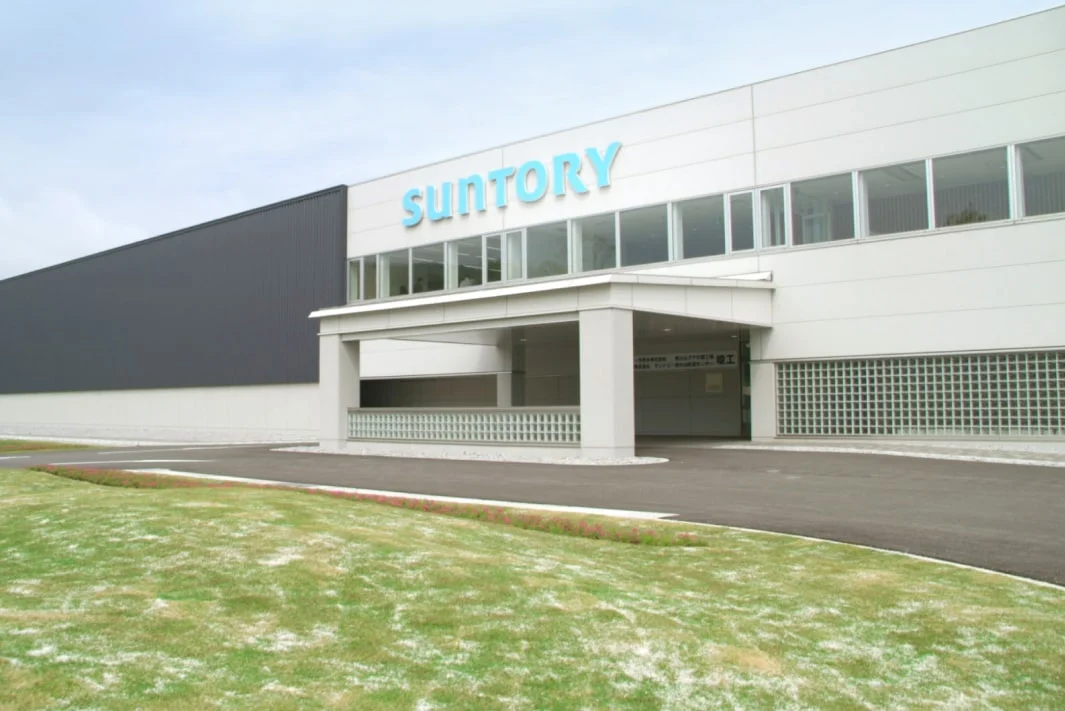
Reservations are required for tours. For more information, please visit the official website of the Suntory Okudaisen Bunanomori Water Plant.
Click here for information on tours of the Suntory Okudaisen Bunanomori Water Plant (Website: Japanese only)The Secret of Water from Aso
Located in Kumamoto Prefecture, Mt. Aso experienced 4 major eruptions between 270,000 and 90,000 years ago. Between the first and second major eruptions, a viscous lava flow known as the Togawa Lava oozed out from the Akai Volcano and covered the entire lowland area of Kumamoto. Present-day Mashiki Town, just east of Kumamoto City, now sits where this lava flow once originated.
The Akai Volcano and Togawa Lava were buried deep underground by pyroclastic flows during subsequent eruptions. However, this deep porous and cracked layer has now become a vast natural aquifer, giving Kumamoto the abundant and high-quality groundwater it is known for.
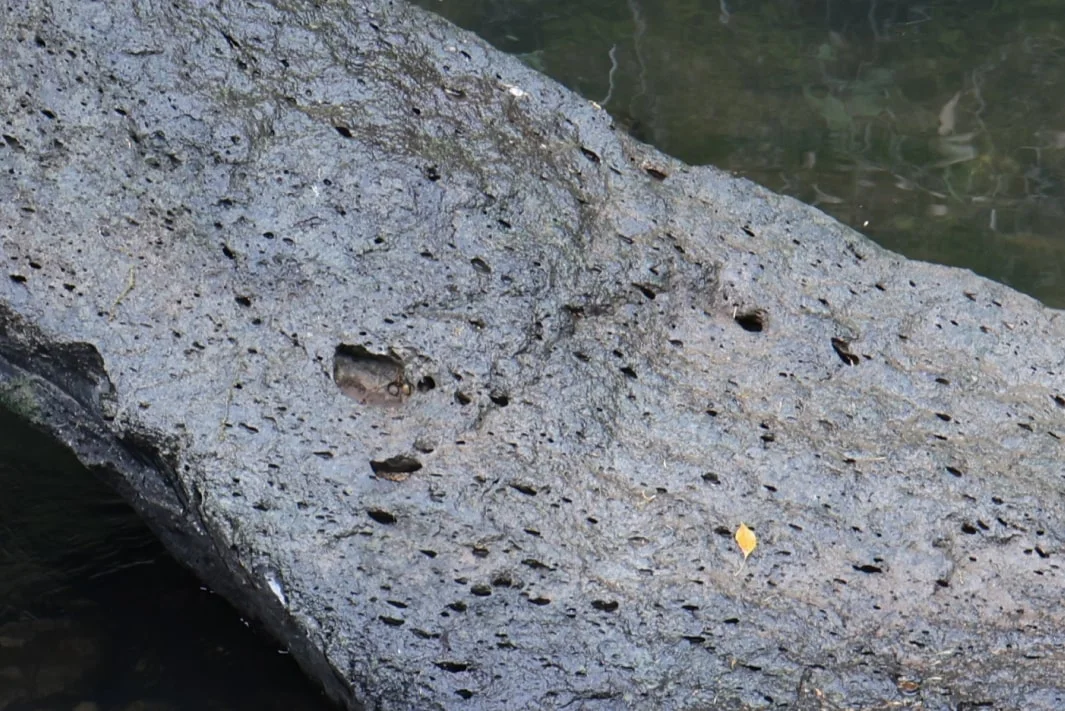
Kashima Town, where the Suntory Kyushu Kumamoto Plant is located, has dozens of springs that produce beautifully clear groundwater, known as the Shimo-rokka Springs. This area has fault fractures, and the underground water that flows through the Togawa Lava layer is forced up to the surface through such cracks.
The groundwater used by the Kyushu Kumamoto Plant comes from this source. The water, which has dissolved minerals from the andesitic pyroclastic flows and lava it flows through, has a hardness of about 80. It is smooth, soft water with a pleasant mouthfeel.
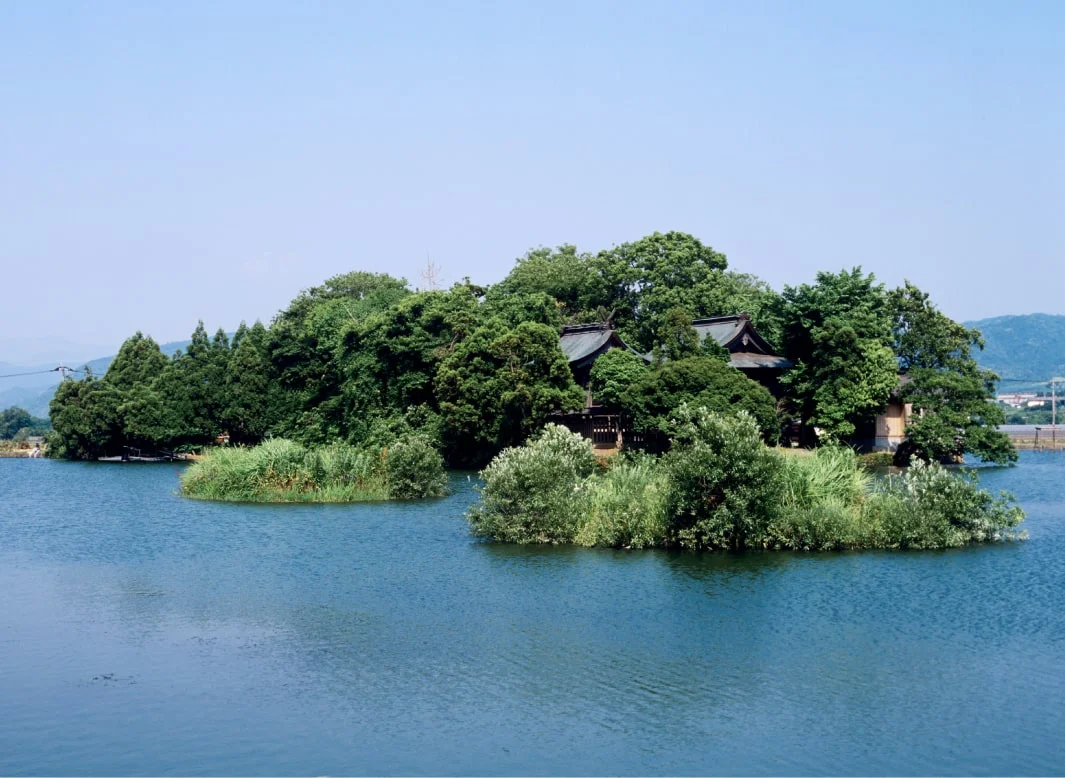
The Akai Volcano, which produced the Togawa Lava, is located at the site of today’s Mashiki Town, next door to Kashima Town. Suntory is conducting Natural Water Sanctuary activities in the vicinity of Mashiki Town, advancing forest management efforts to enhance groundwater recharge.
Additionally, in the alluvial fan of the Kinzan River flowing out of the forest, water replenishment activities are being carried out using winter-flooded paddies. This involves flooding rice fields during the winter, which allows water to seep deep underground. These rice paddies sit over a layer of gravel flowing from the river, which allows water to easily seep in. This in turn rests on the Togawa Lava layer, creating an ideal environment for groundwater replenishment. Our Natural Water Sanctuary and its winter paddy-flooding activities directly influence the underground aquifer within the Togawa Lava layer beneath Suntory’s plant.
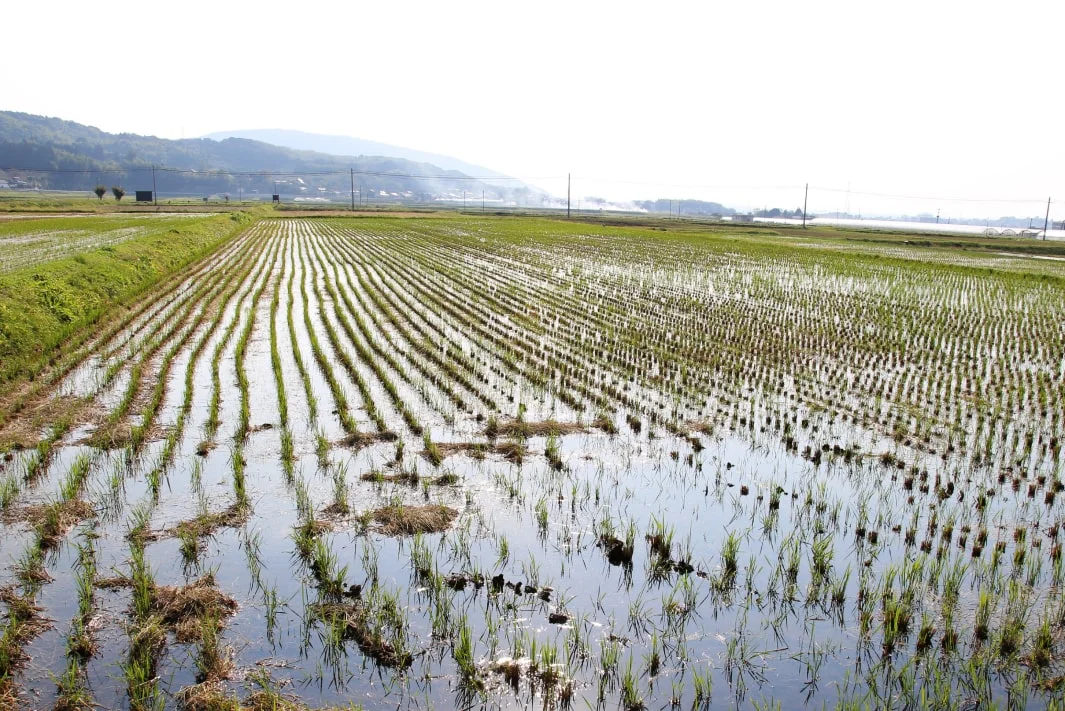
What Kind of Forest Nurtures the Water of Aso?
Our Natural Water Sanctuary Aso encompasses richly diverse forest ecosystems, ranging from warm evergreen forests near flat lowlands to cool deciduous broadleaf forests at higher elevations. We are actively thinning the overgrown Japanese cedar and Hinoki cypress plantations in the sanctuary and encouraging the growth of broadleaf trees on the forest-floor. Our aim is to gradually create a mixed forest of coniferous and broadleaf trees, which is highly effective at groundwater recharge.
Additionally, this forest is a nesting area for the endangered Mountain Hawk-Eagle and Grey-faced Buzzard. To support their breeding, we are also enhancing their hunting grounds near water sources.
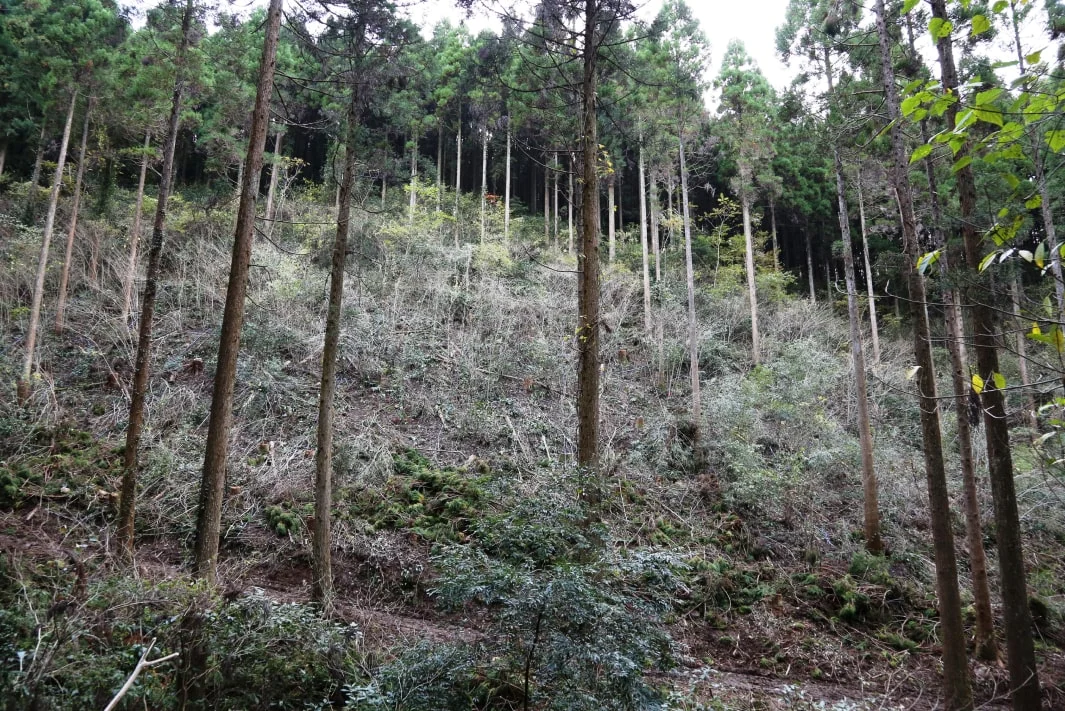
Bird names are listed in accordance with the Check-list of Japanese Birds, 8th Revised Edition.
Learn about activities in the Natural Water Sanctuary AsoNatural Water Sanctuary Aso Initiatives
Winter-Flooded Paddies: A Local Community Effort
As Natural Water Sanctuary management progresses and the groundwater recharge capability improves, we are seeing an increase in the flow of rivers during the dry winter months. Some of this extra water is diverted into rice paddies in the alluvial fan downstream, allowing it to seep into the Togawa Lava layer, which extends beneath Suntory’s plant. The result is a water-source conservation watershed that includes mountain slopes, rivers, and rice fields.
Additionally, with the cooperation of local farmers, we are promoting organic and reduced pesticide farming in these rice paddies. Local elementary school students also participate in surveys of rice field biodiversity, fostering a community-based approach.
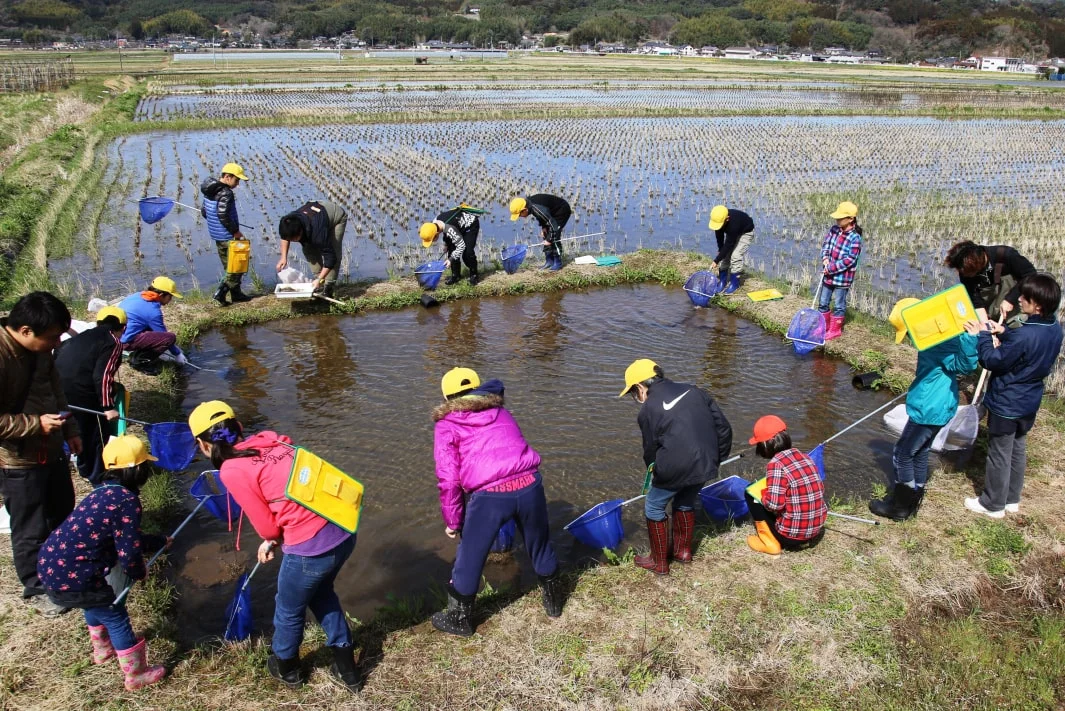
Experts involved in this Initiative
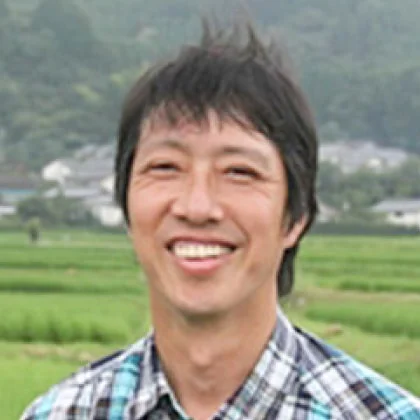
Yukihiro shimatani
Distinguished Professor, Prefectural University of Kumamoto
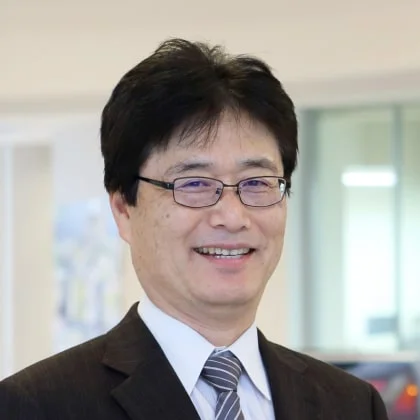
Motoki Kubo
Professor, Ritsumeikan University
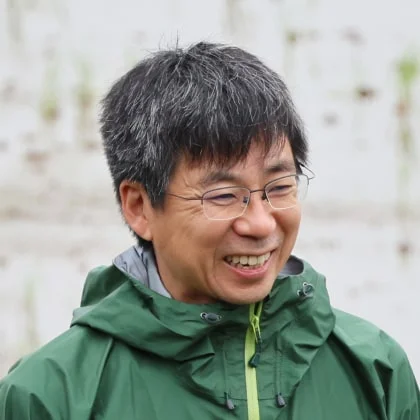
Yuichi Kano
Fellow, Kyushu Open University
Effective Use of Harvested Trees (Ikurinzai – Timber from Cultivated Forests)
In order to promote healthy forests, it is sometimes necessary to cut down trees. Trees harvested during forest management in our Natural Water Sanctuaries are what Suntory calls Ikurinzai — timber from cultivated forests — and this material is put to good use.
Slash pine cut from this forest, which Suntory calls Ikurinzai (timber from cultivated forests) is being turned into furniture through a collaboration with Karimoku Furniture. Some of the pieces are on display in the observation lobby of the Mashiki Town Hall, in Kumamoto Prefecture.
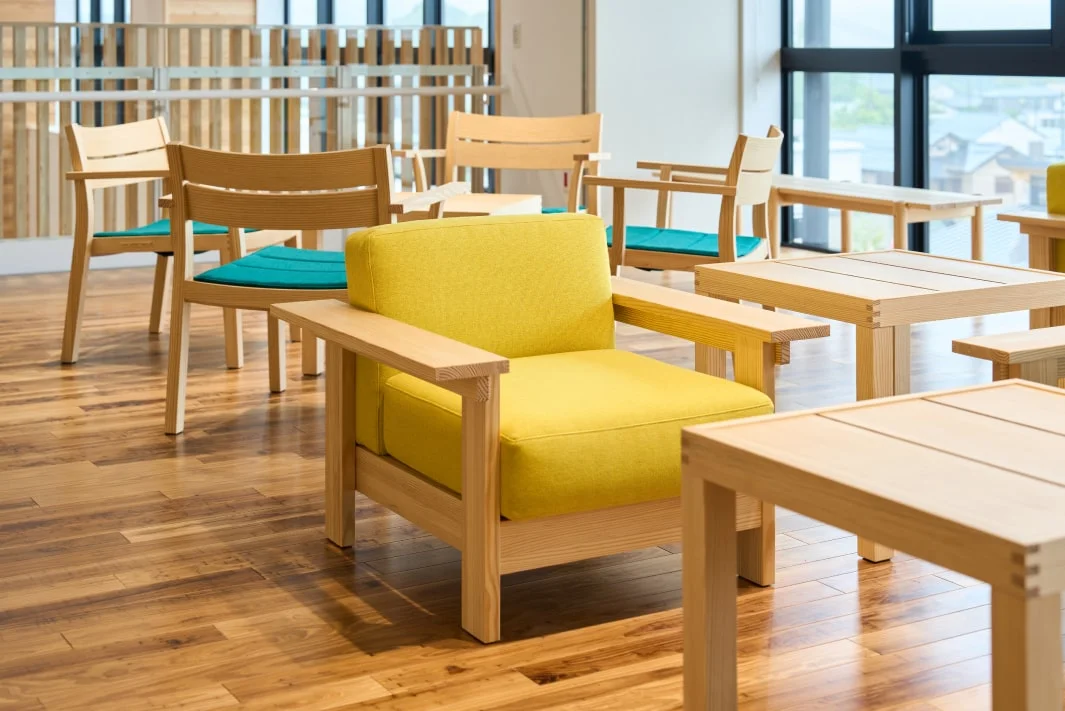
Water Positive! Ensuring Water Abundance for Generations to Come
It takes approximately 20 years for the rain or snow that falls today to become groundwater that can be pumped out of an aquifer. Suntory is committed to safeguarding delicious, high-quality groundwater for the next 100 years. As part of our "Water Positive" commitment, we aim to return more water to nature than we take, ensuring the sustainability of this precious resource.
Through our Natural Water Sanctuary activities, Suntory replenishes more than twice the amount of groundwater it pumps at its facilities in Japan, thereby achieving water positive.
Suntory Tennensui (Aso) Tour
Guided tours are available at the Suntory Kyushu Kumamoto Plant, which is connected to our Natural Water Sanctuary Aso through an underground water network. You can enjoy tastings of mineral water as well as beer.
We hope to welcome you!
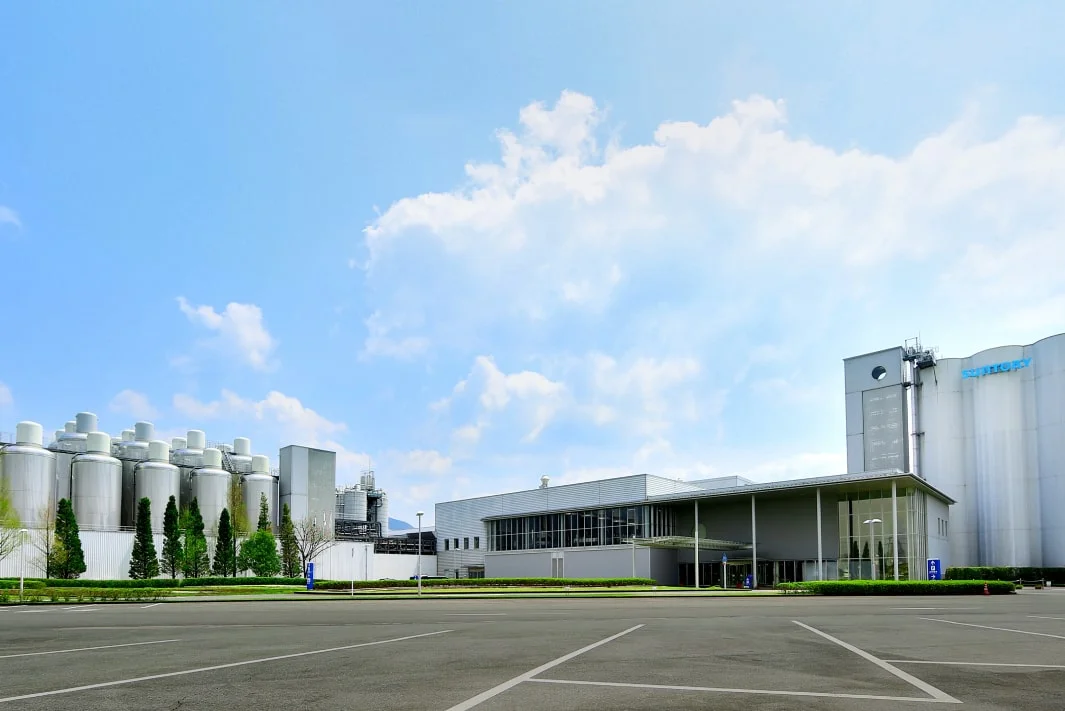
Reservations are required for tours. For more information, please visit the official website of the Suntory Kyushu Kumamoto Plant.
Click here for information on tours of the Suntory Kyushu Kumamoto Plant (Website: Japanese only)
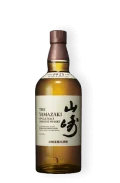
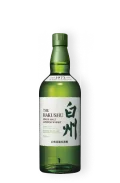

 Home
Home Initiative Policy and Structure
Initiative Policy and Structure Living Things in the Natural Water Sanctuaries
Living Things in the Natural Water Sanctuaries Dedication to Water
Dedication to Water Natural Water Sanctuaries
Natural Water Sanctuaries  Natural Water
Natural Water  Initiative History
Initiative History